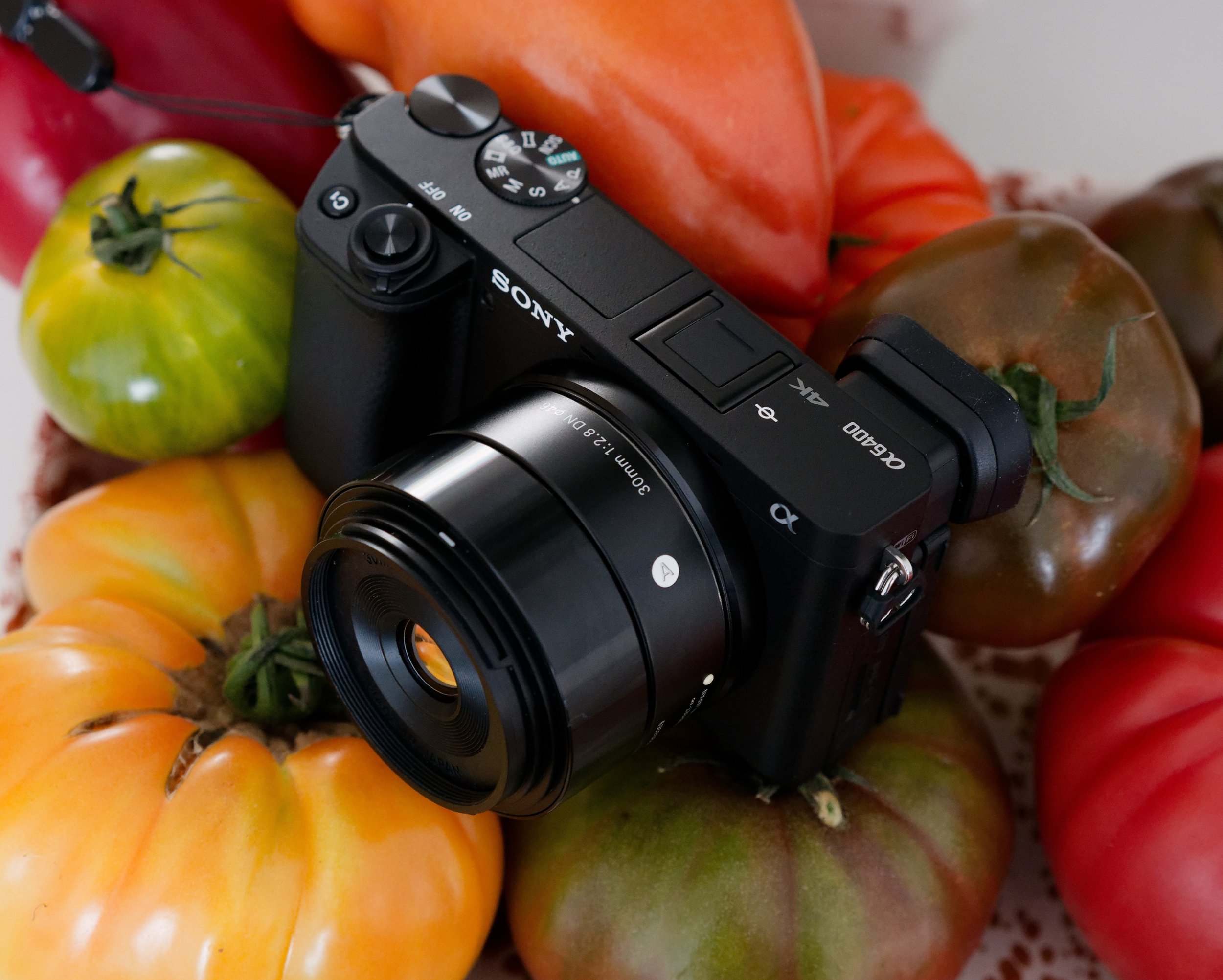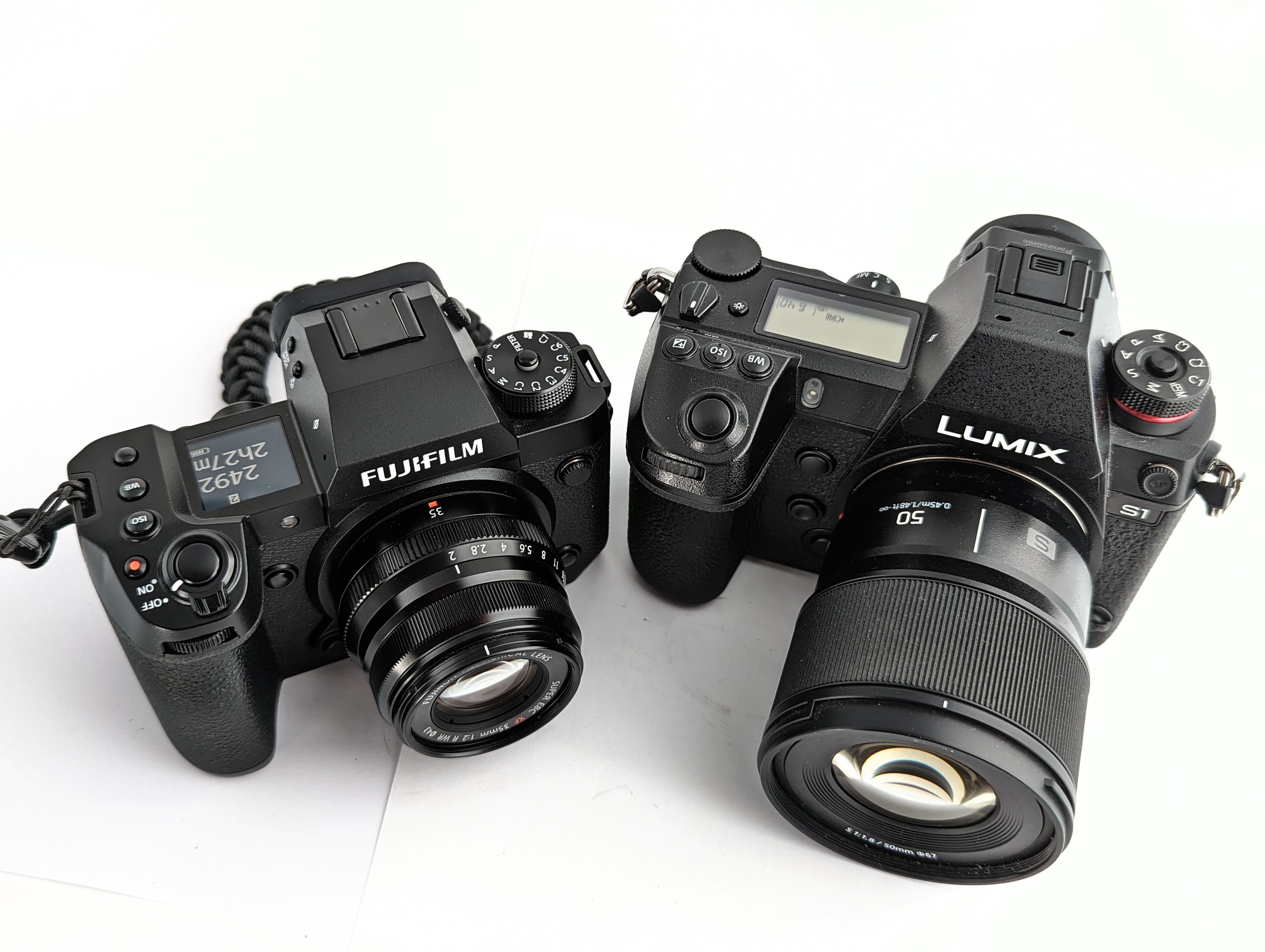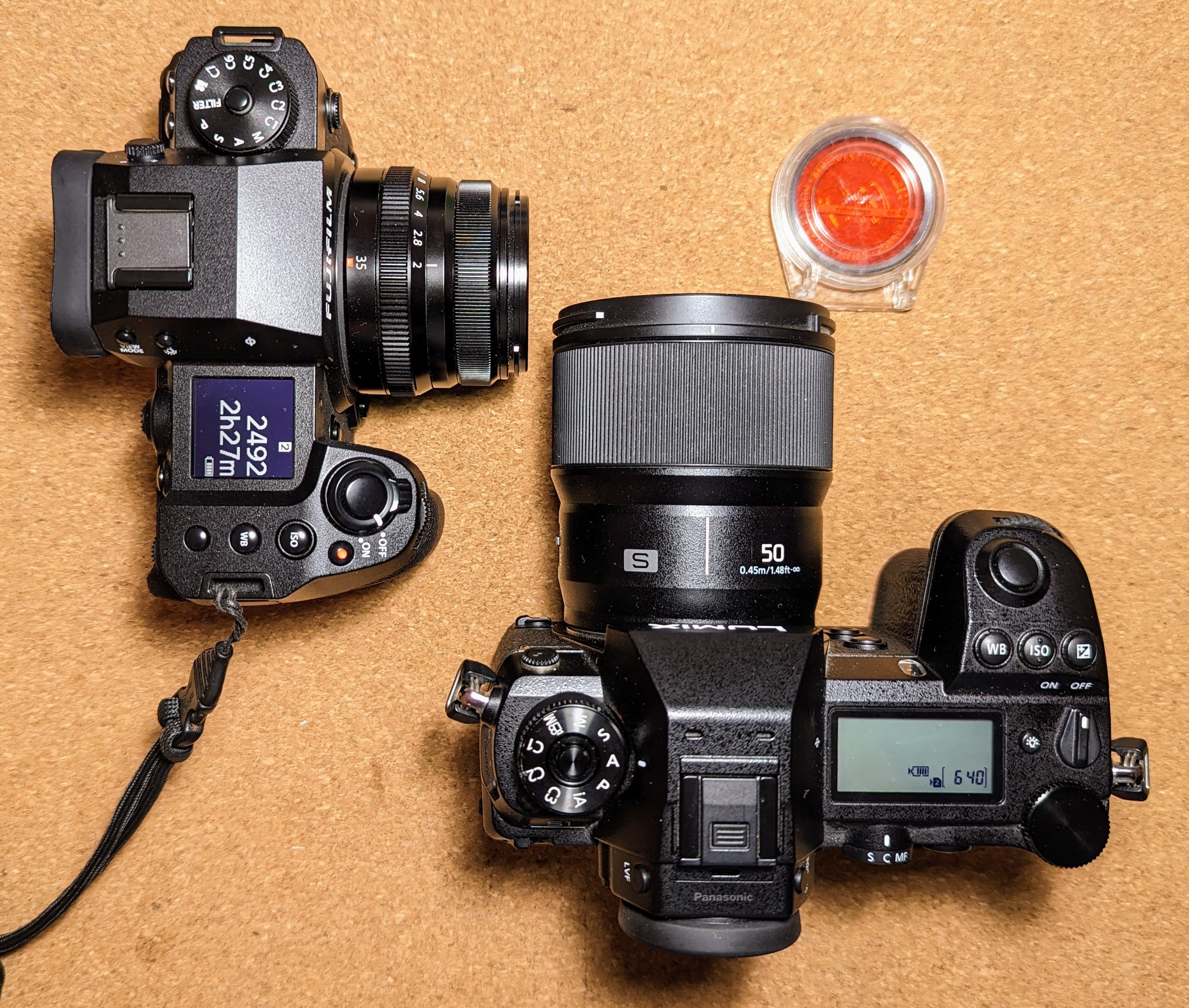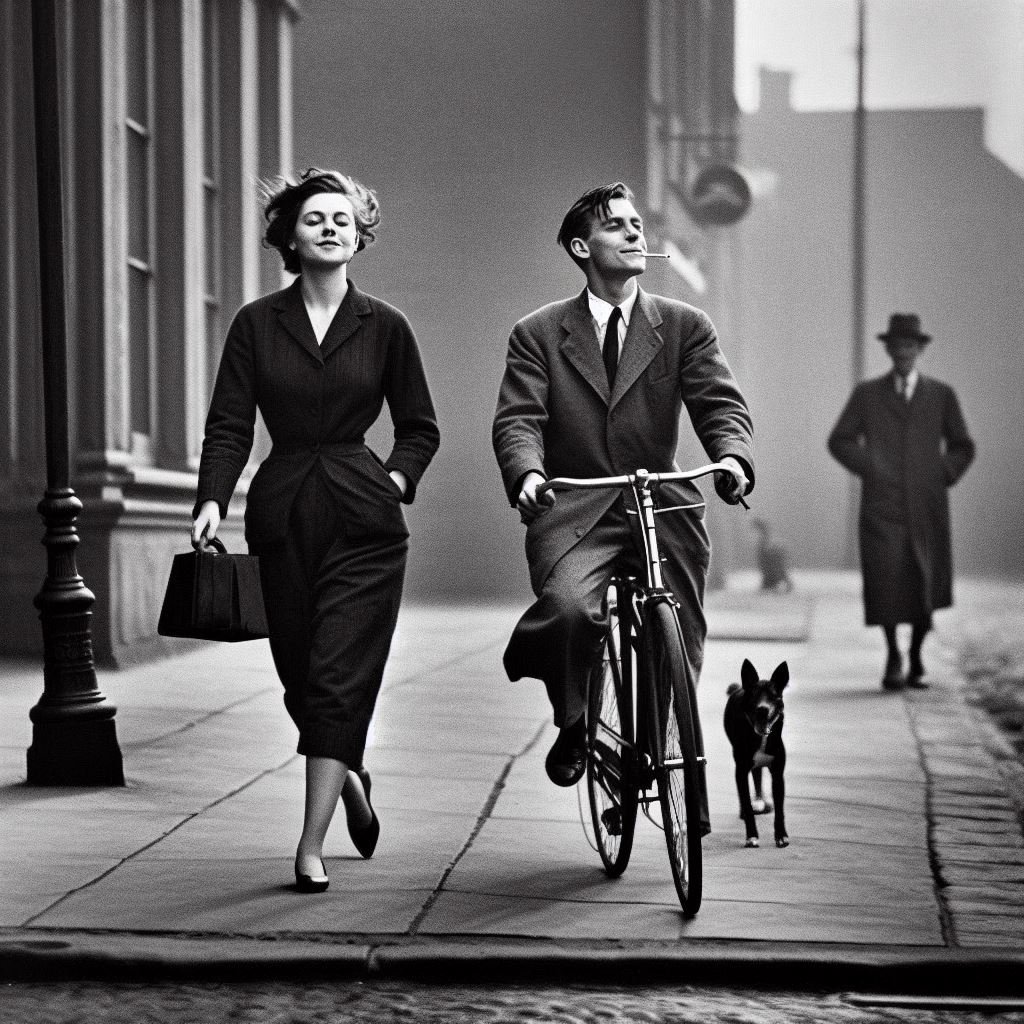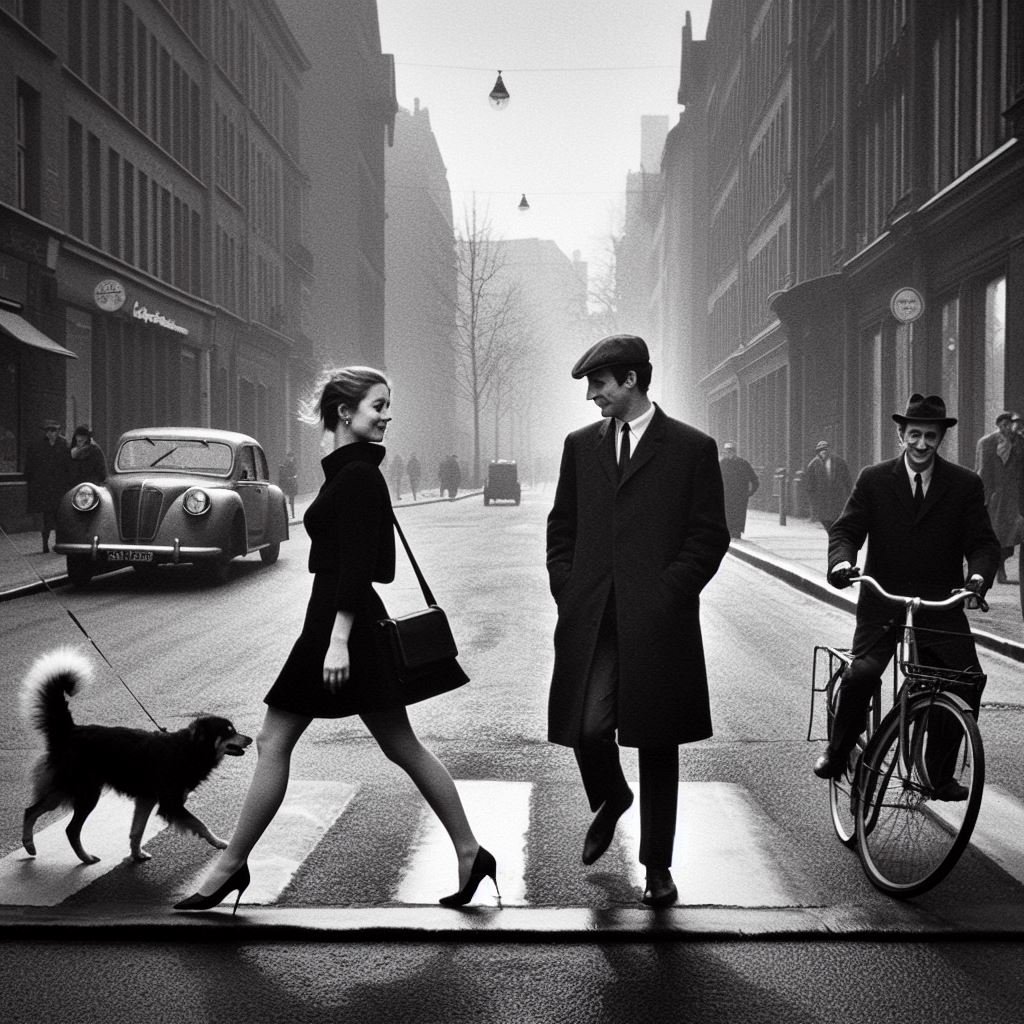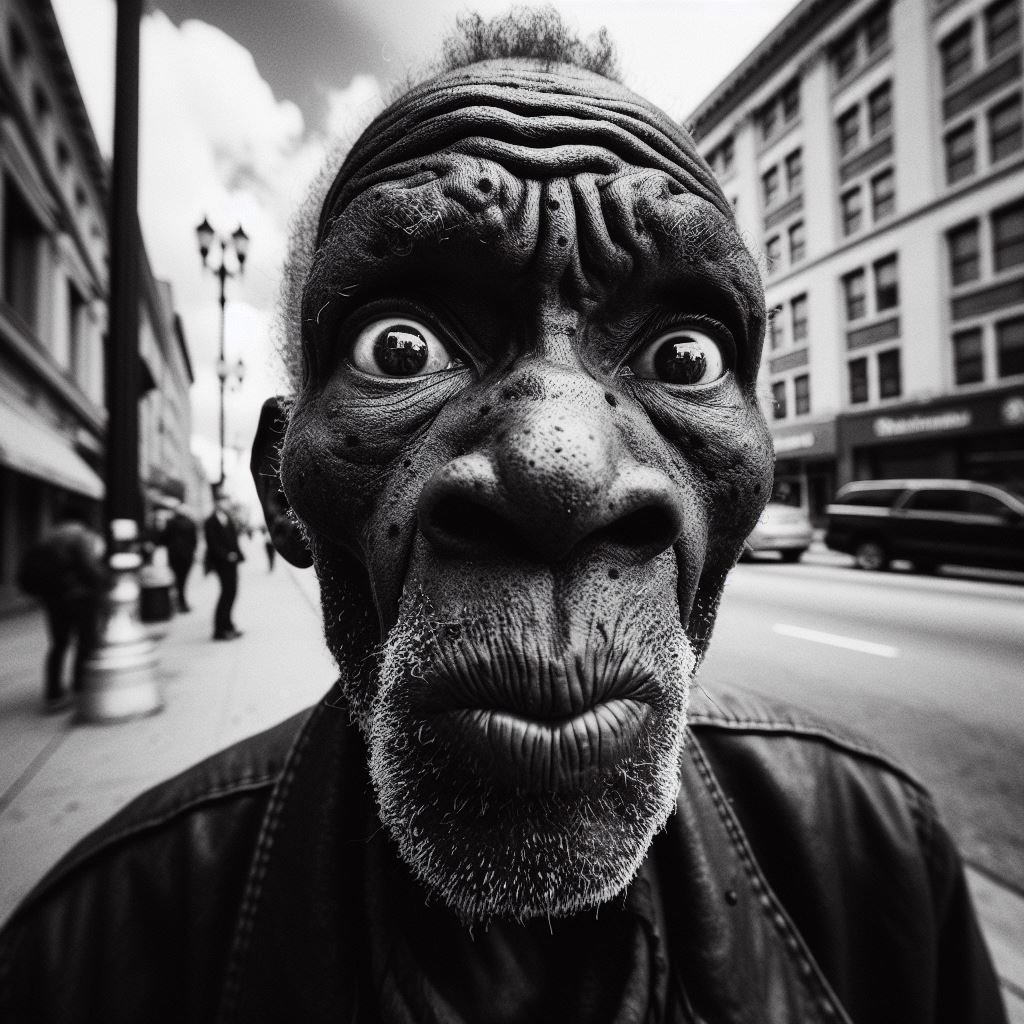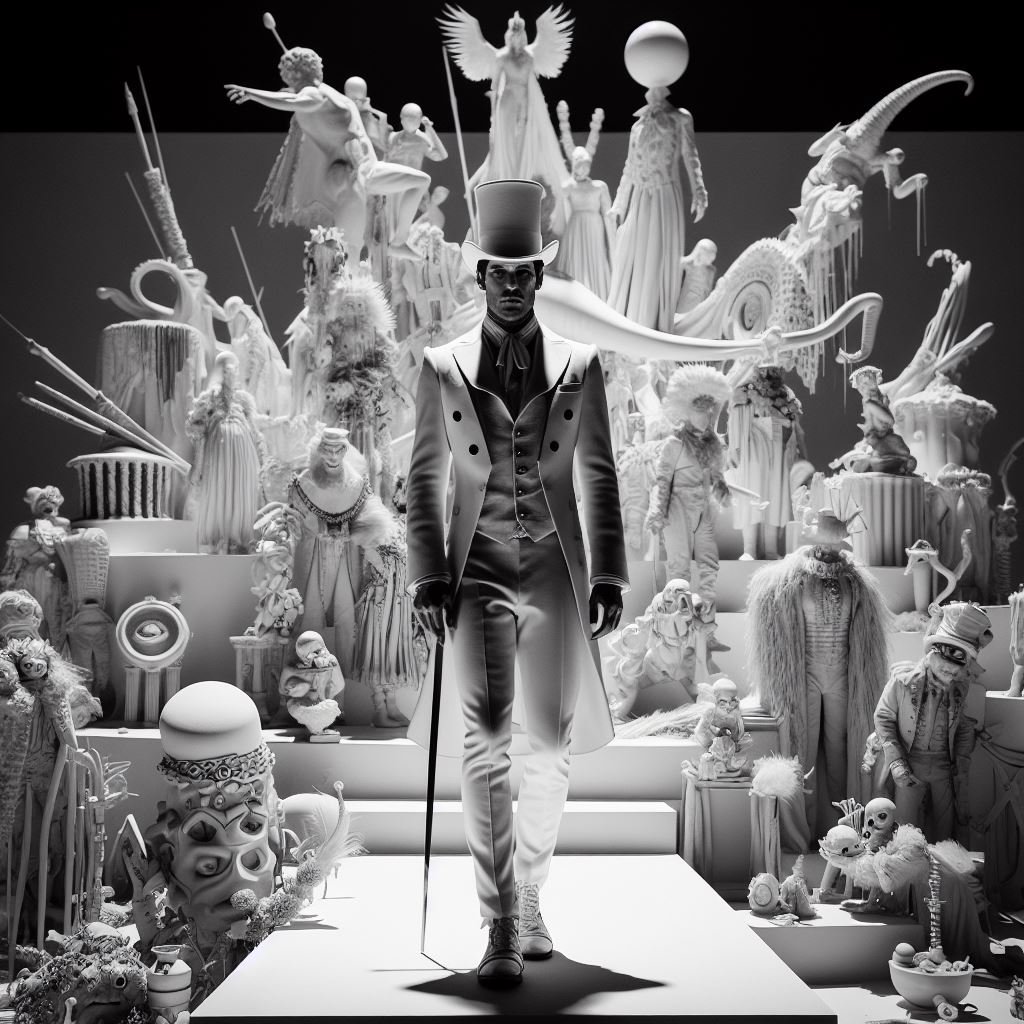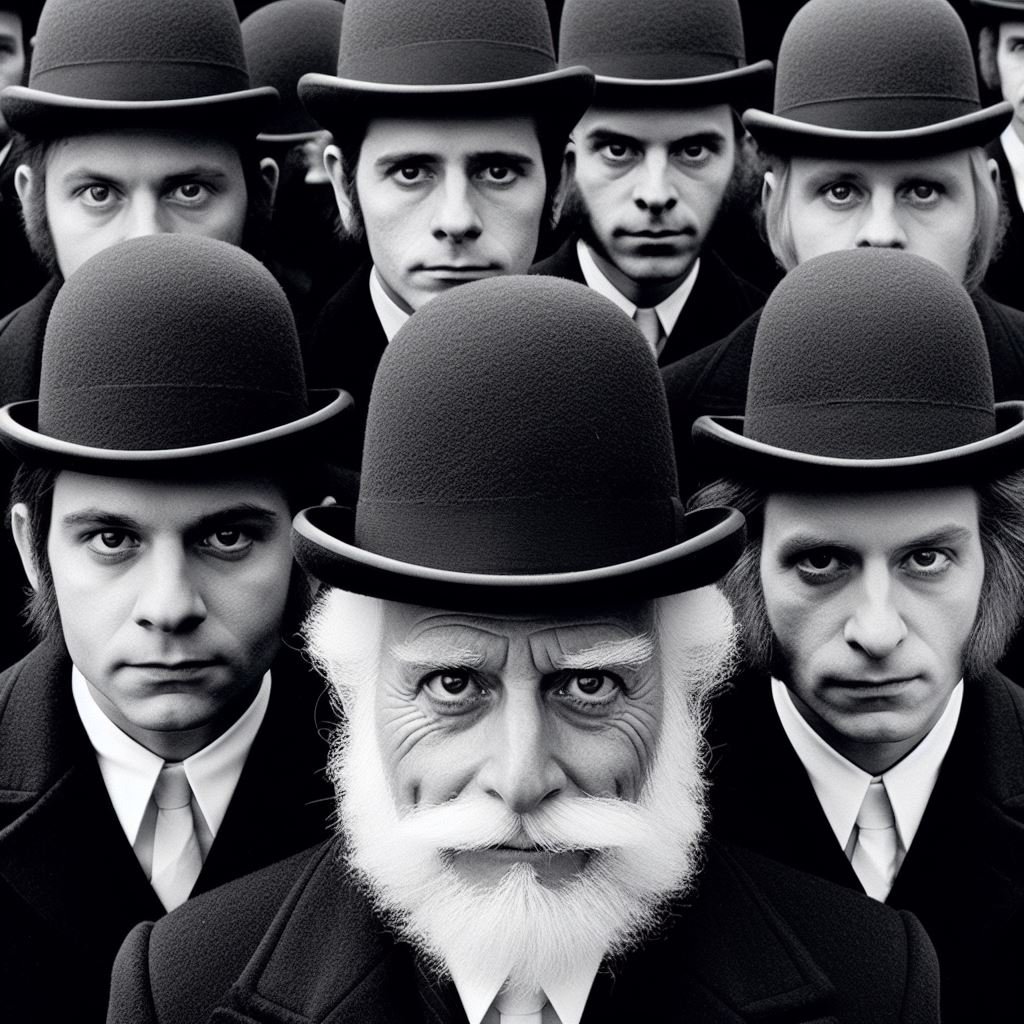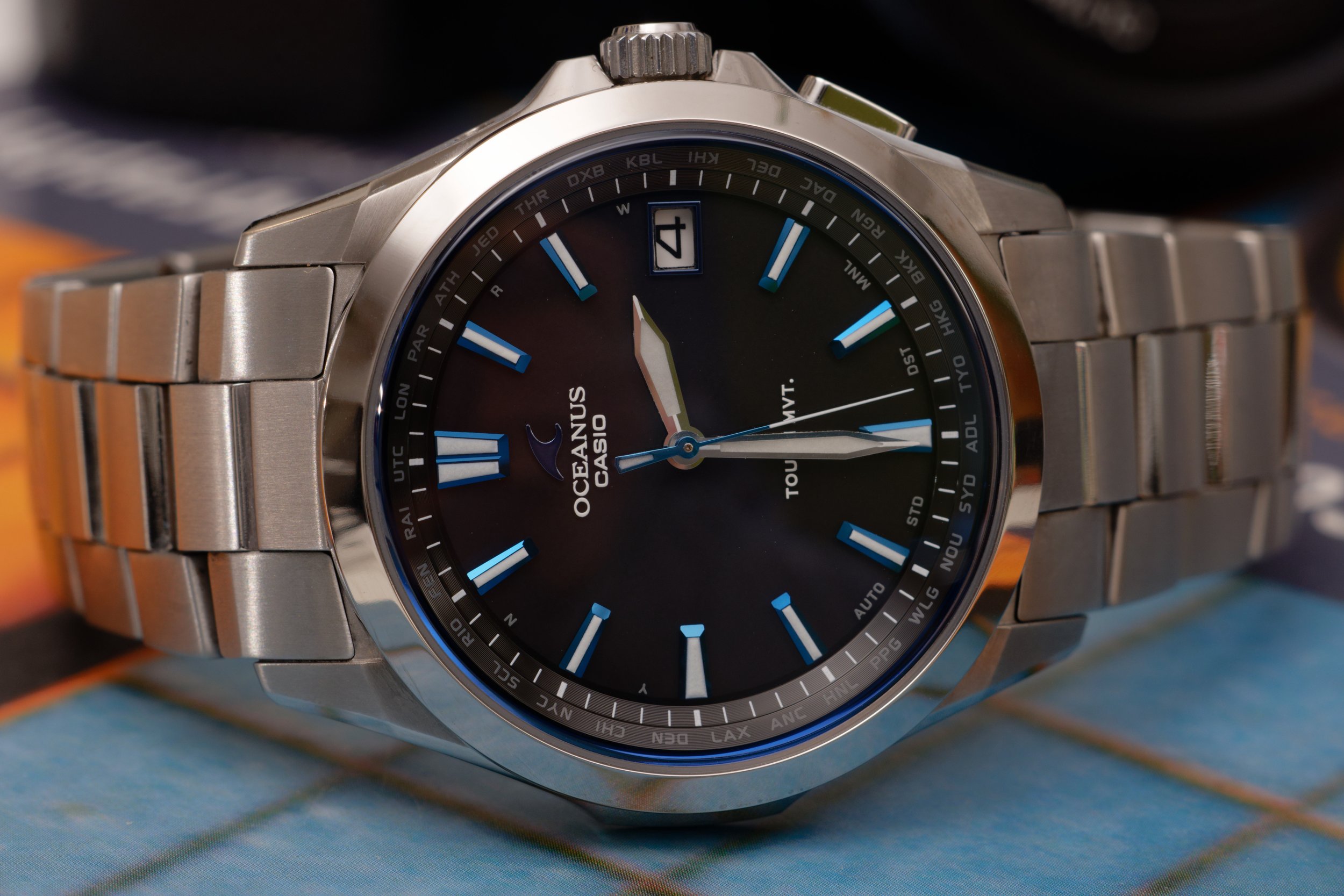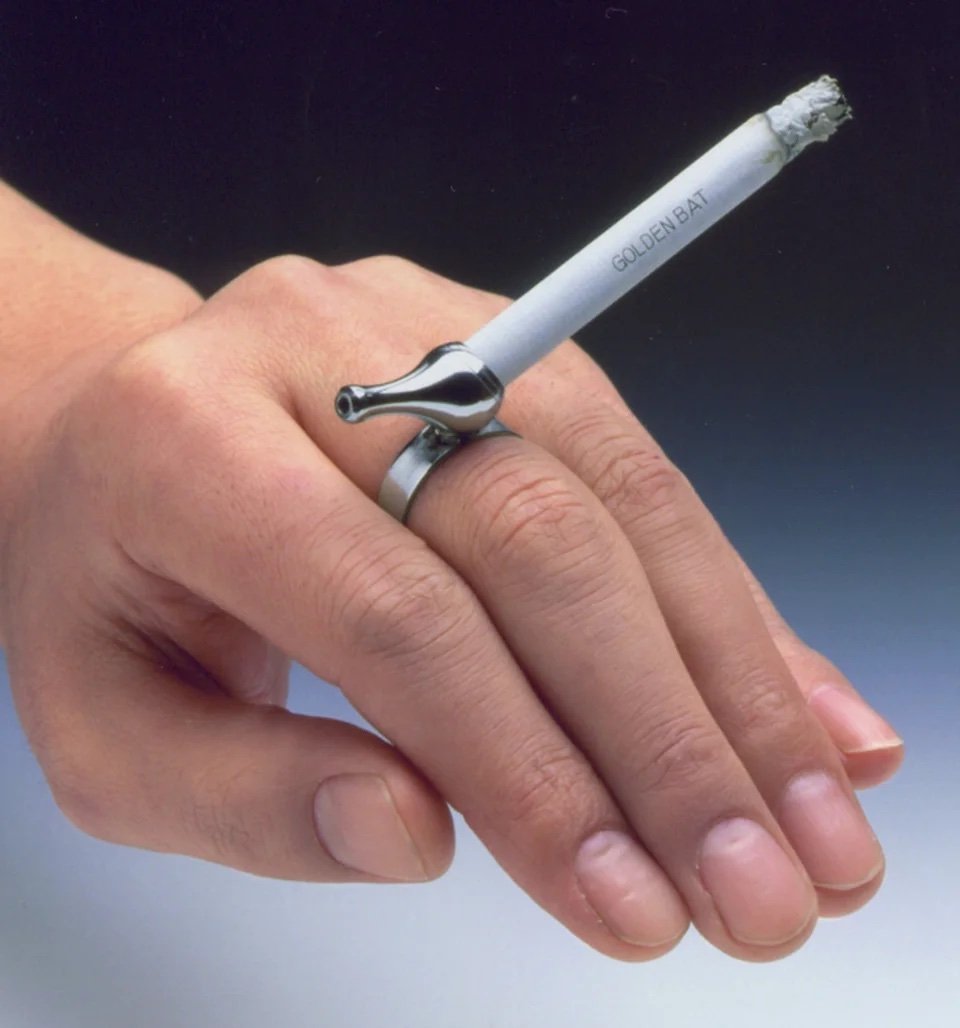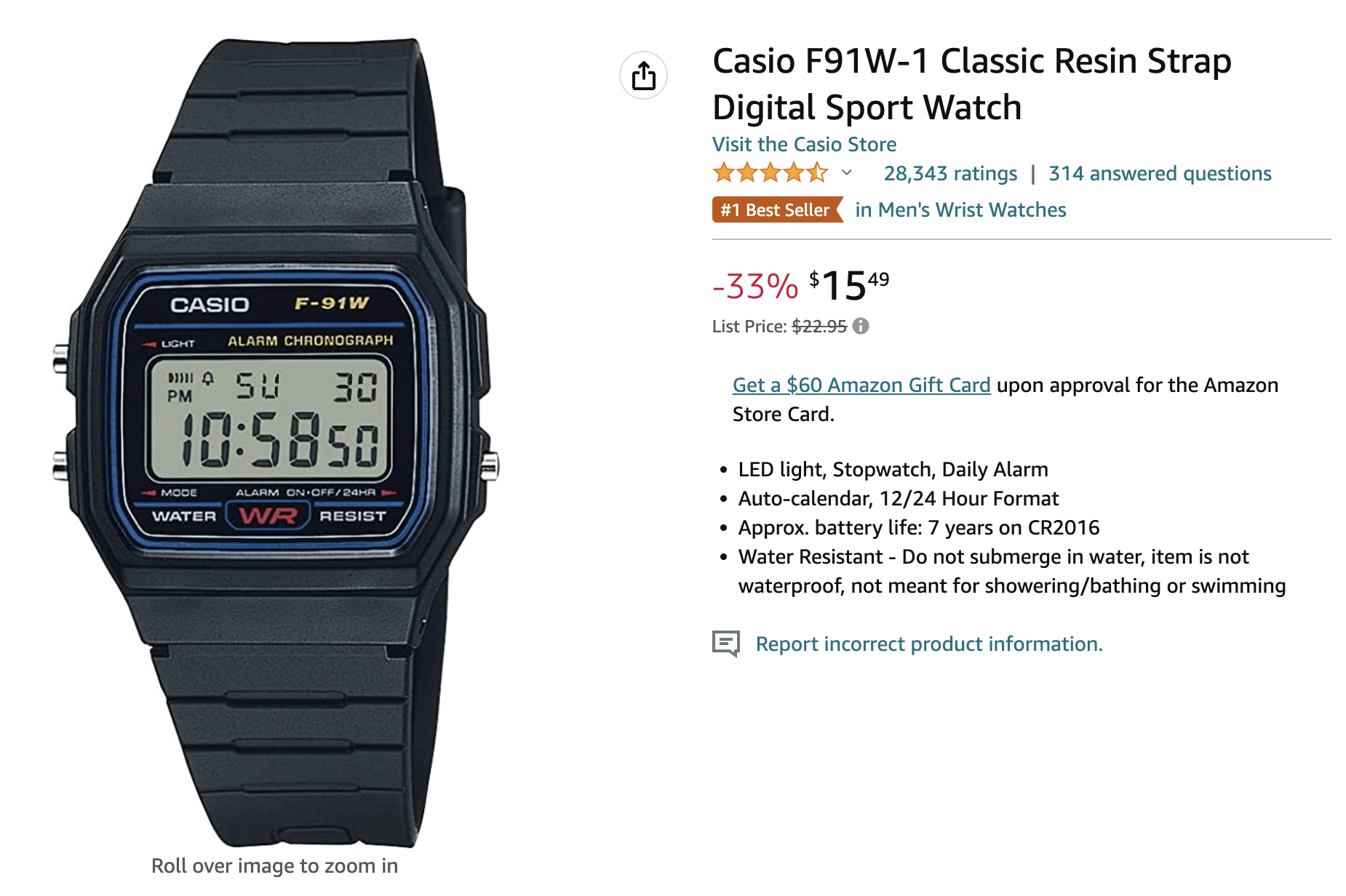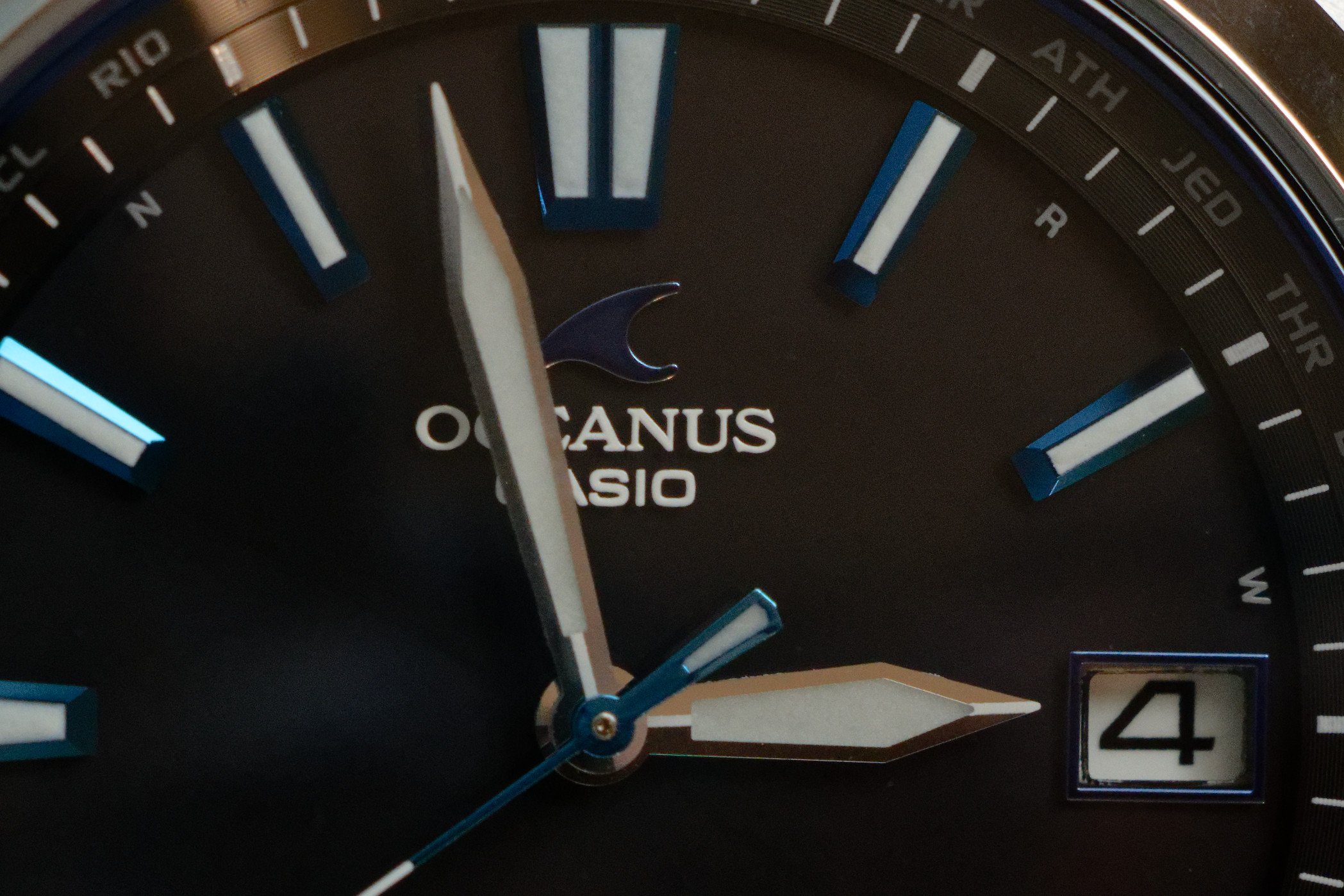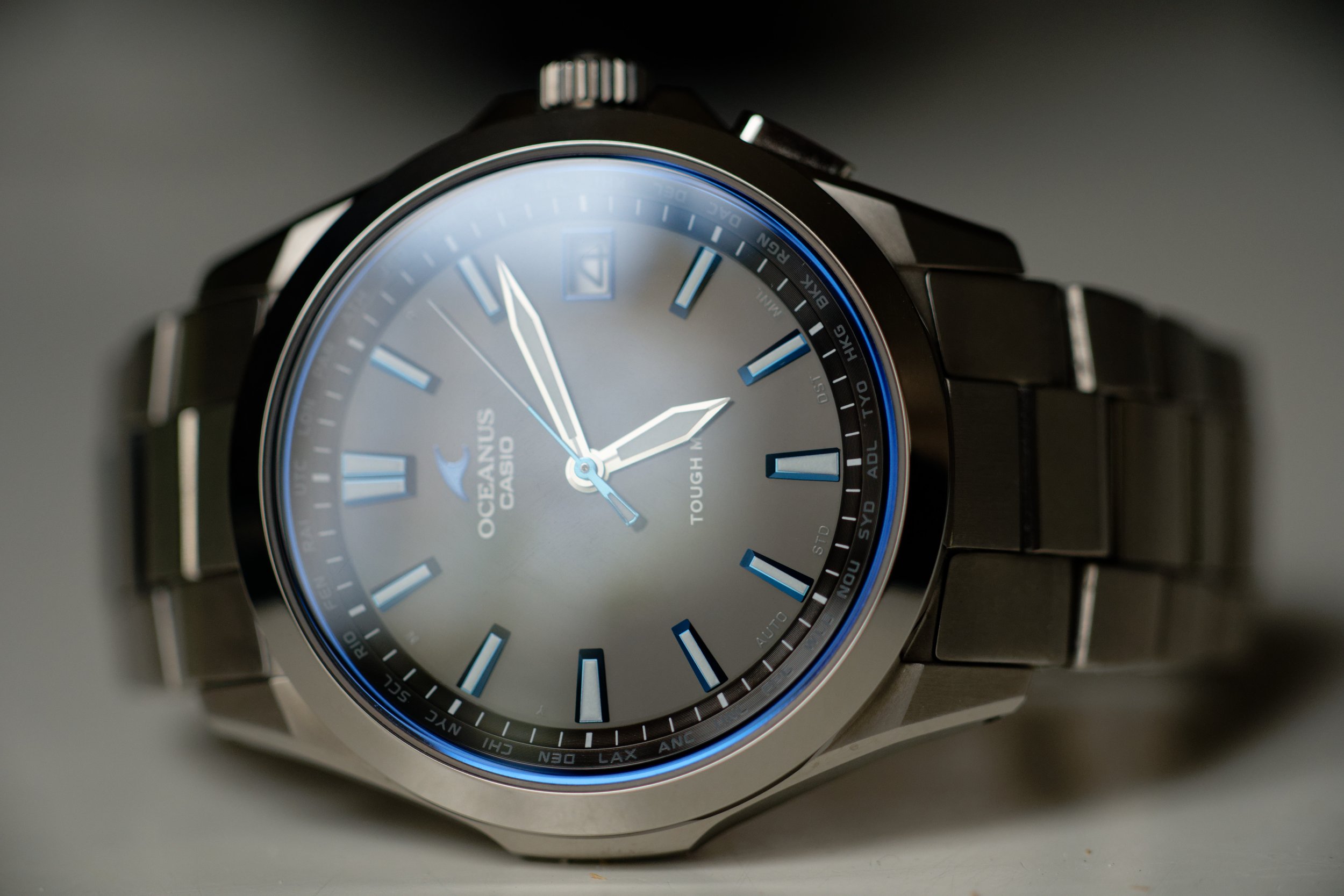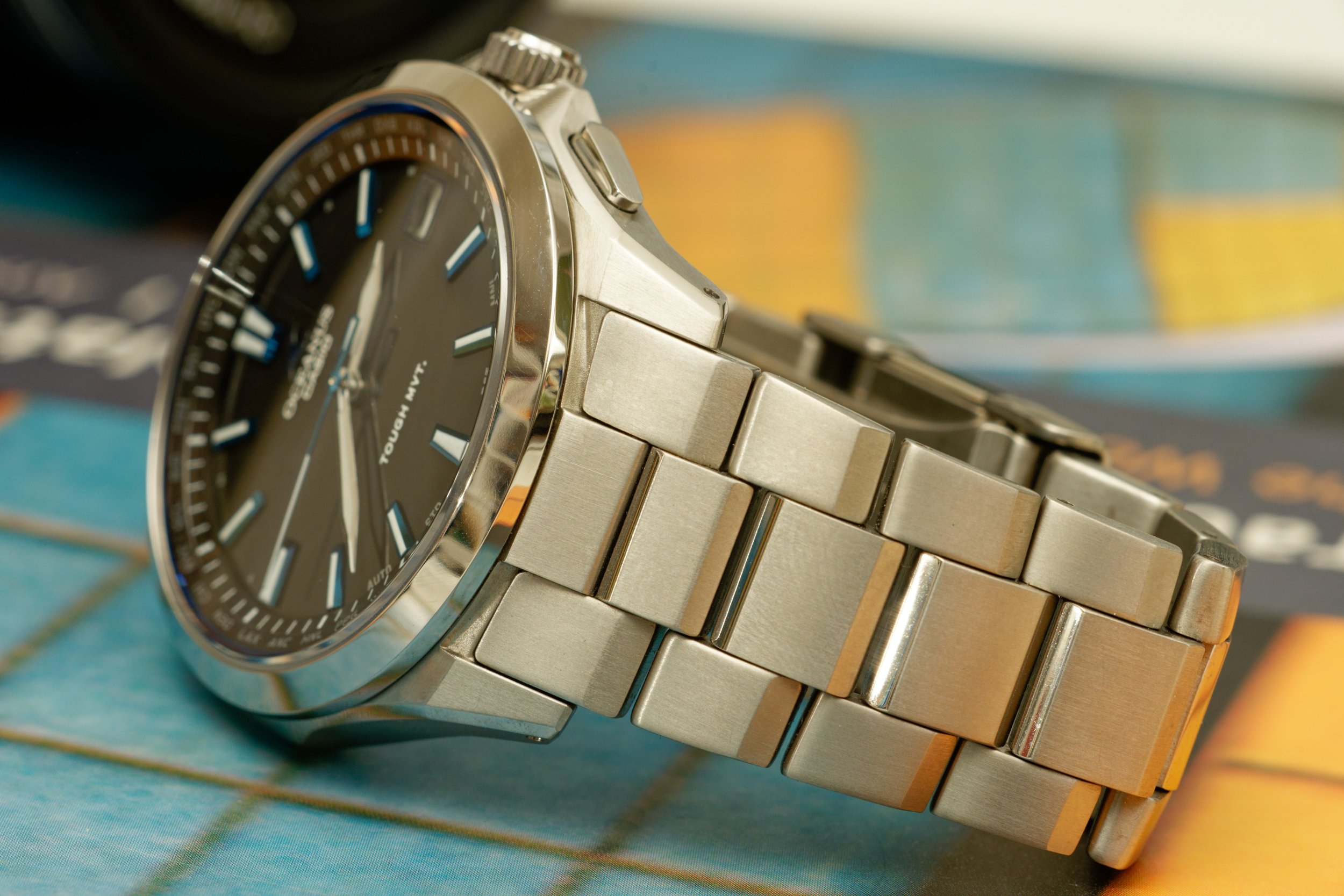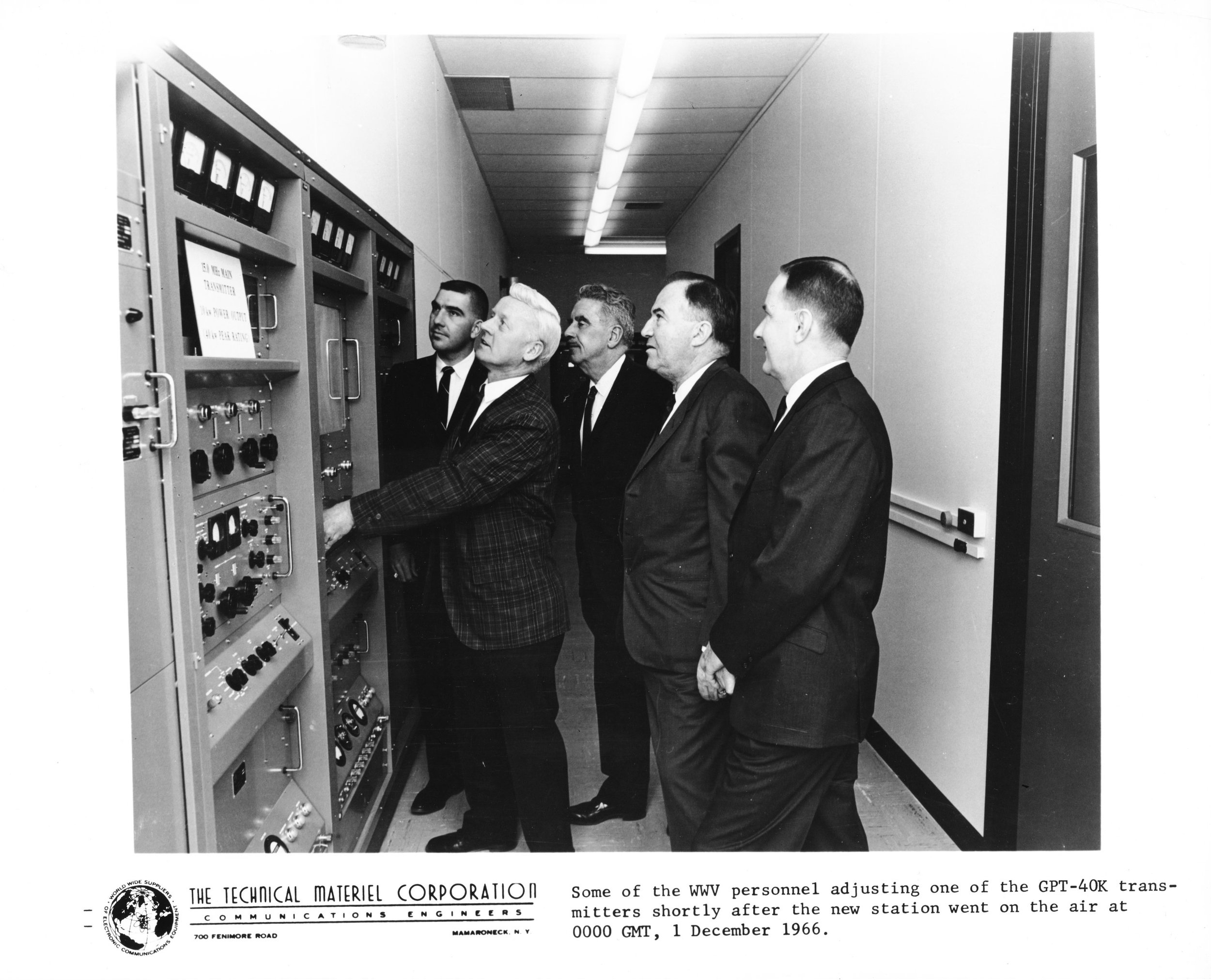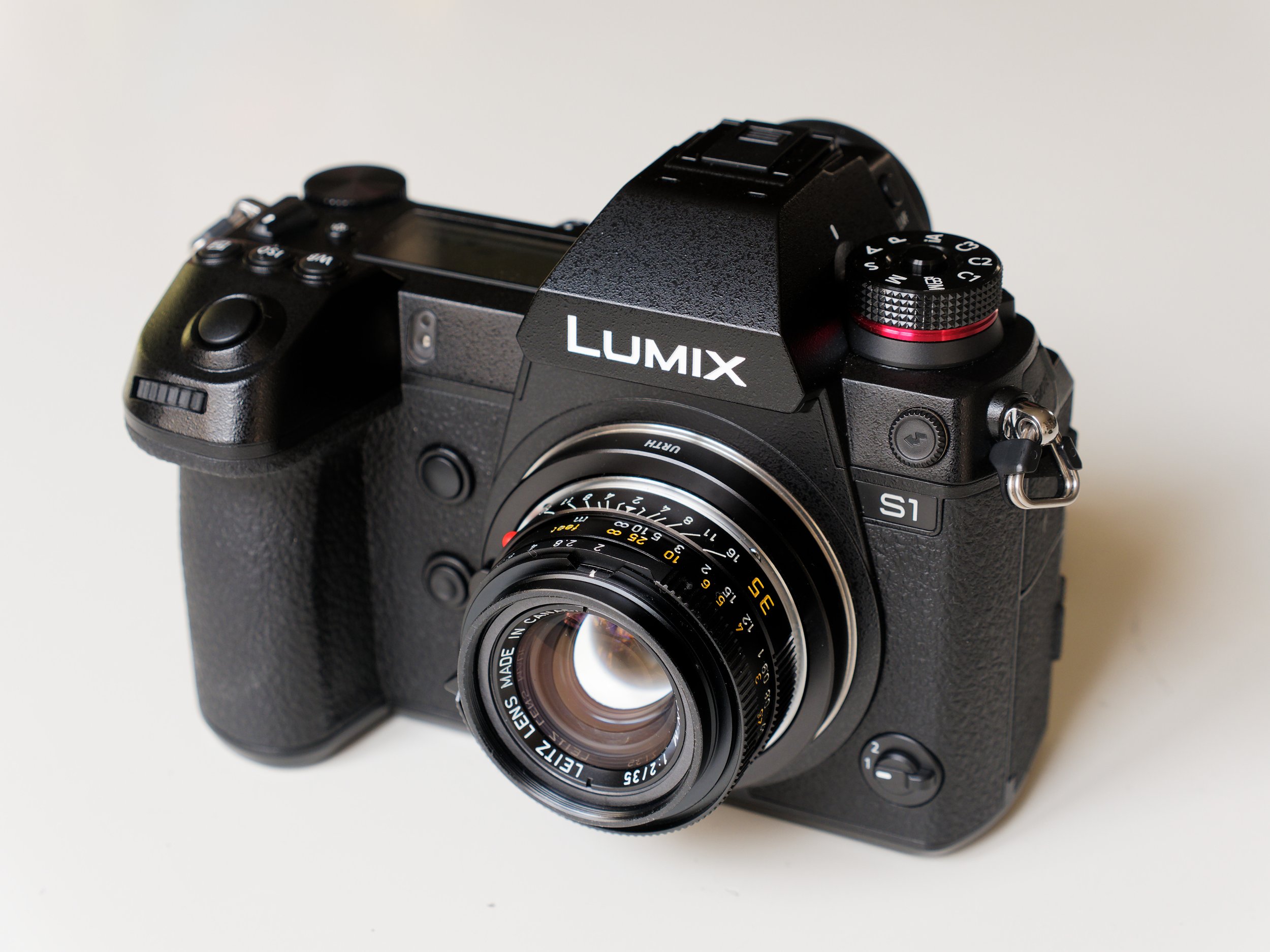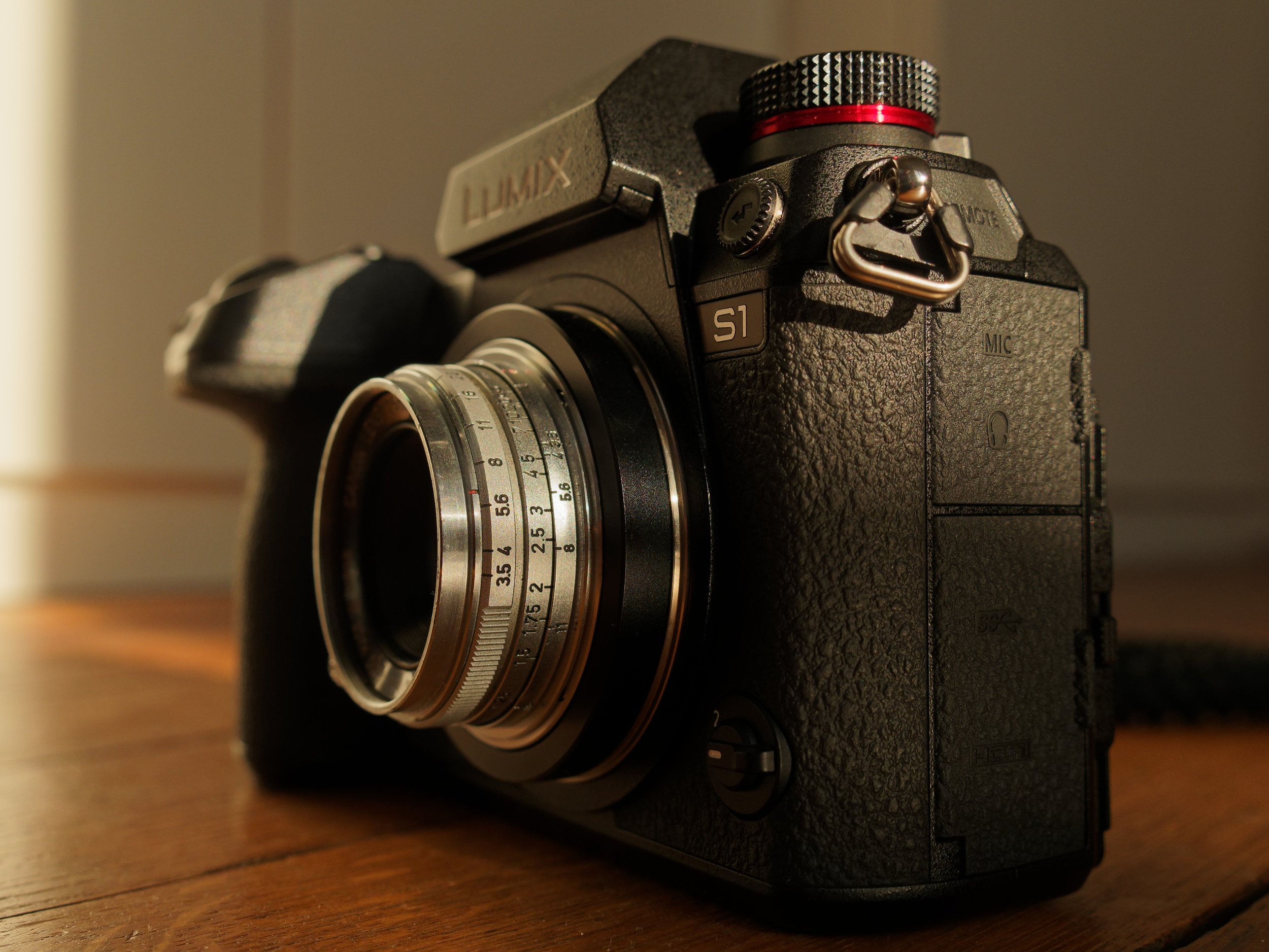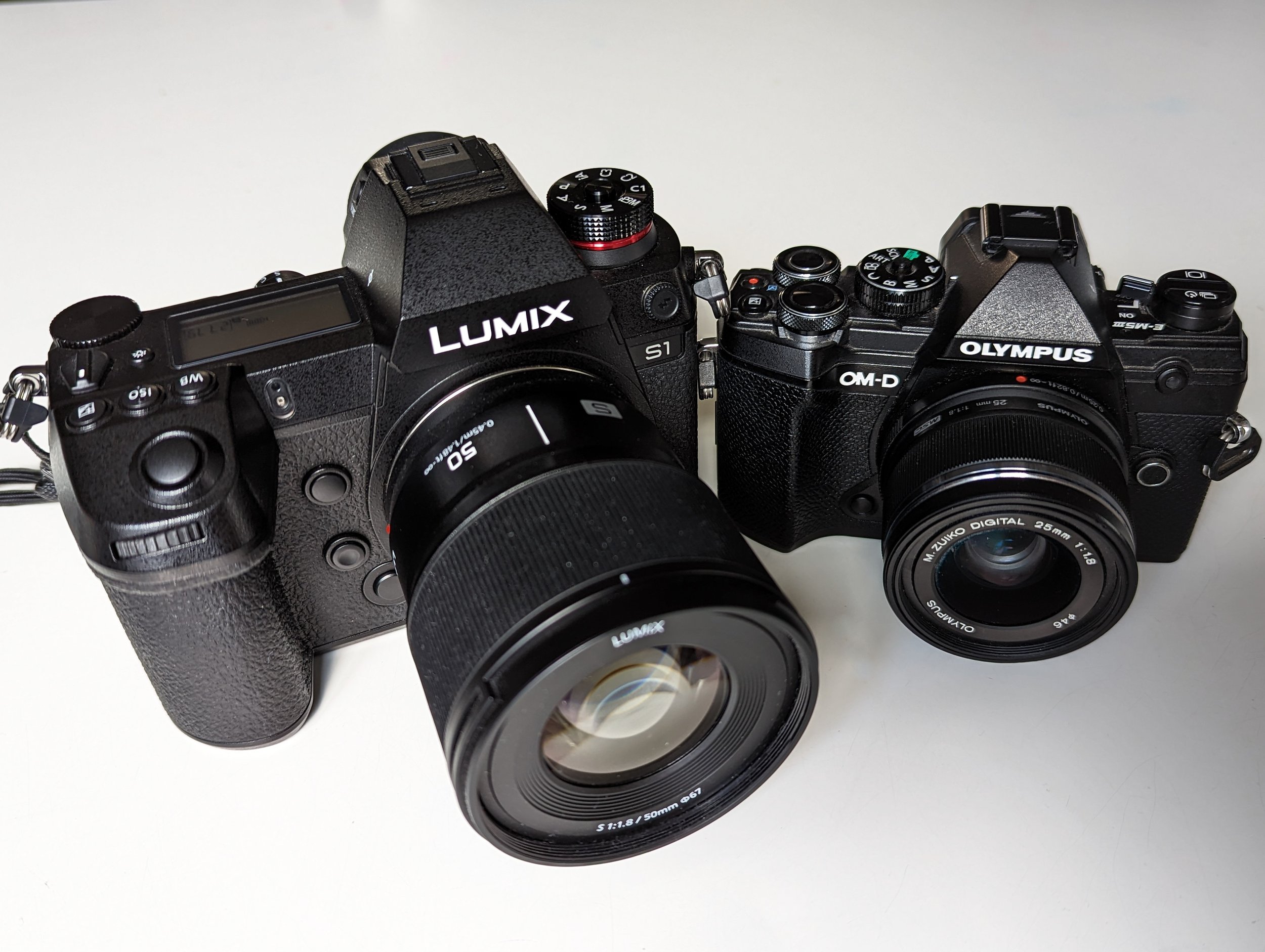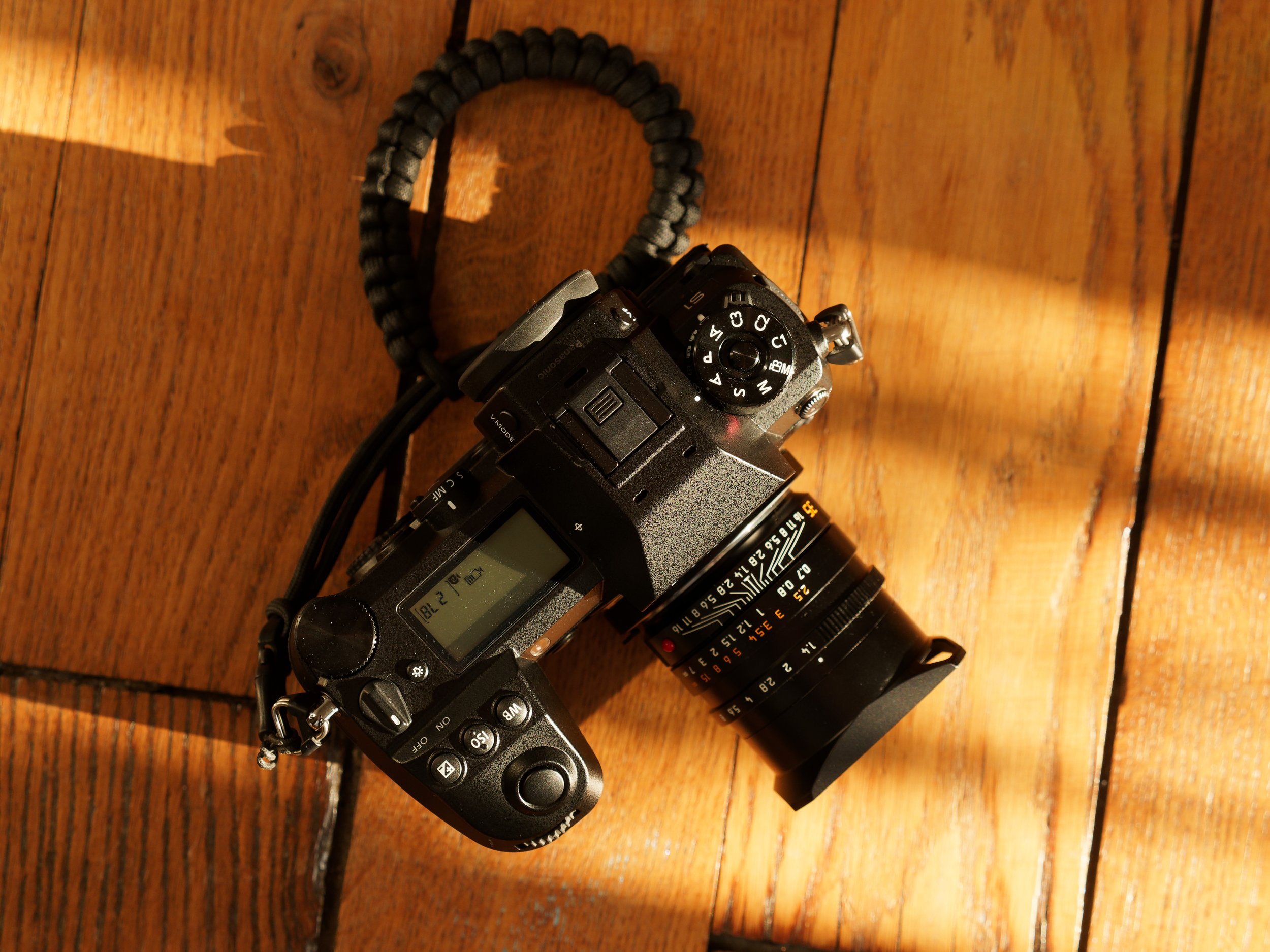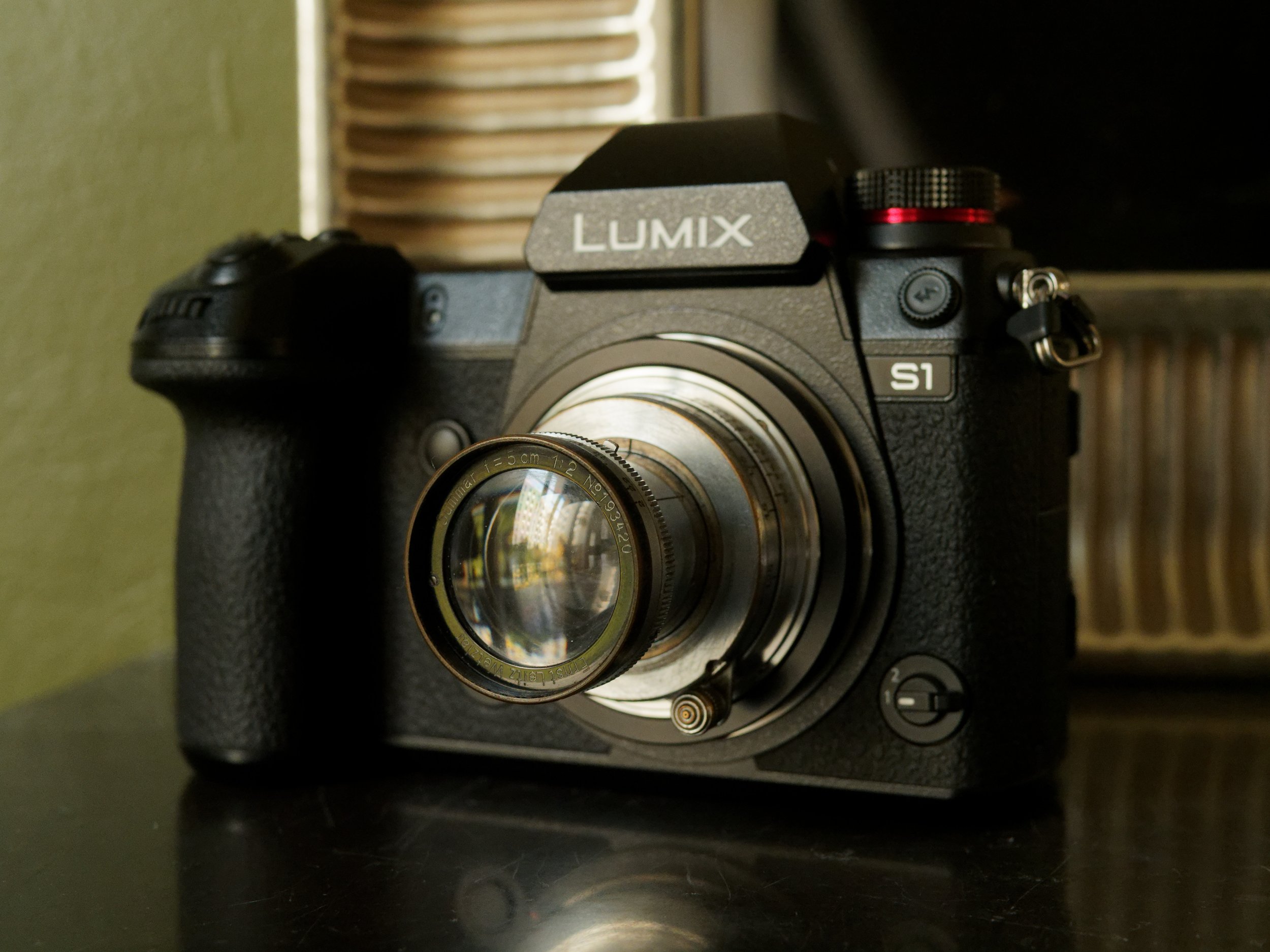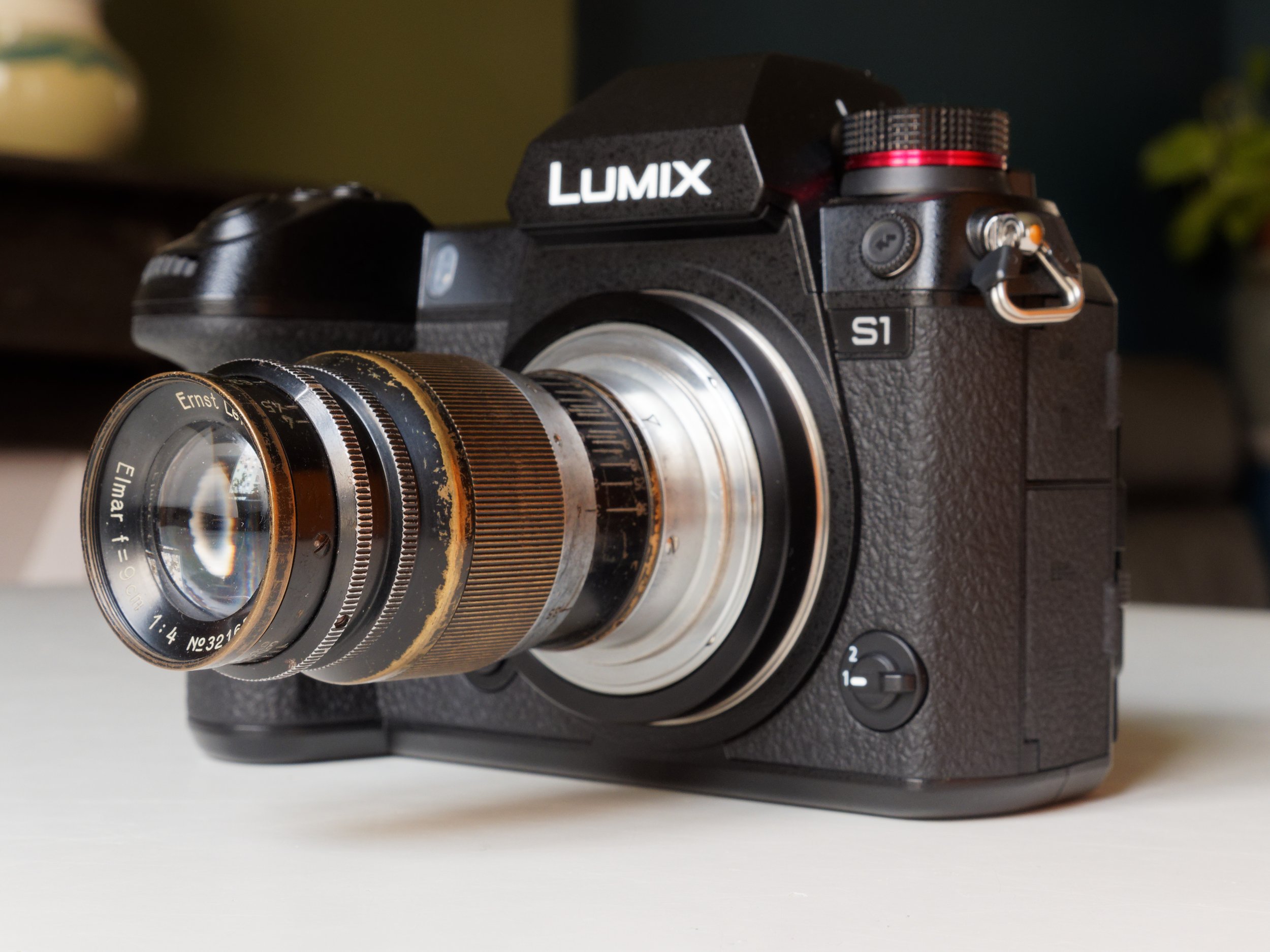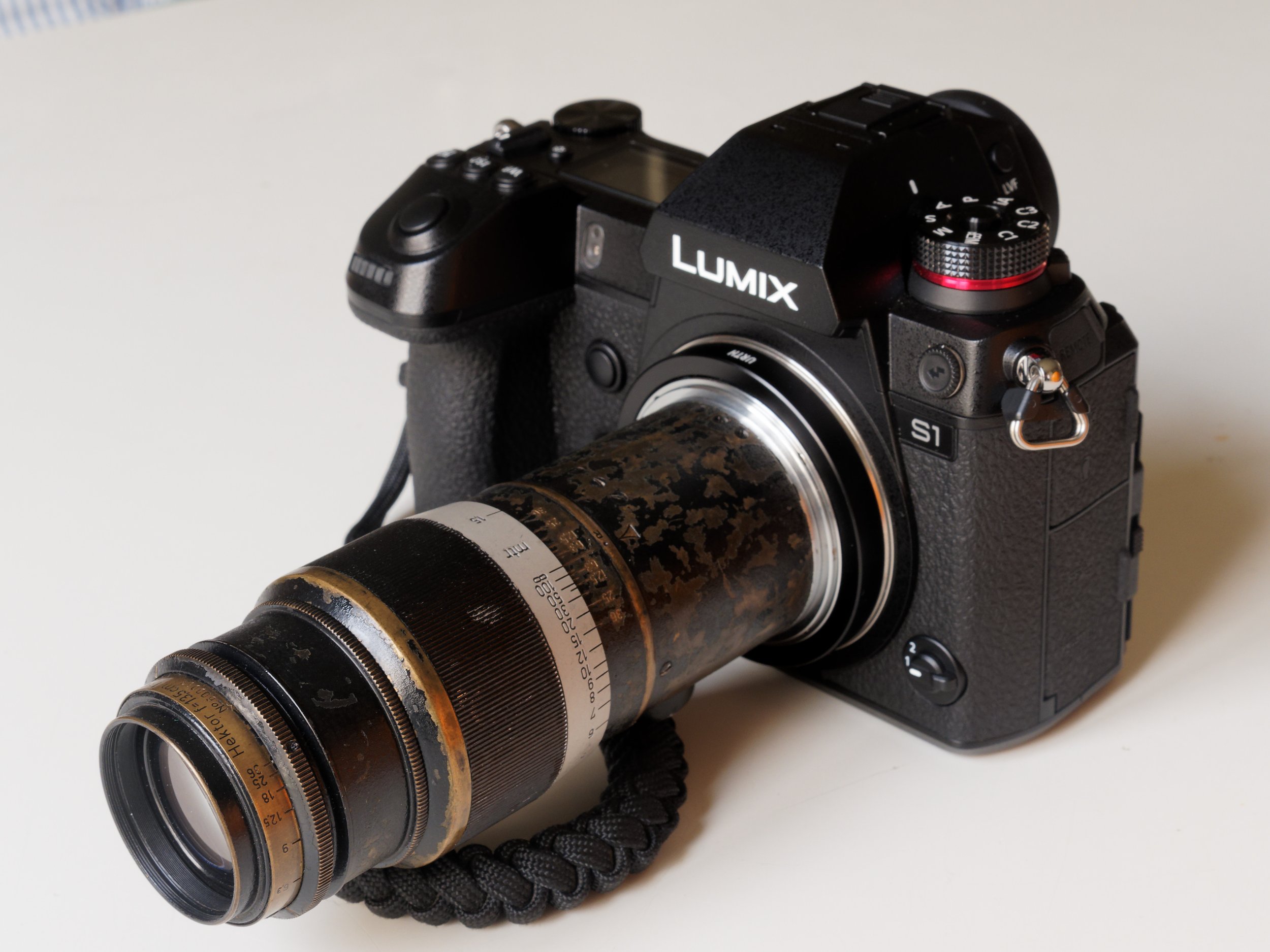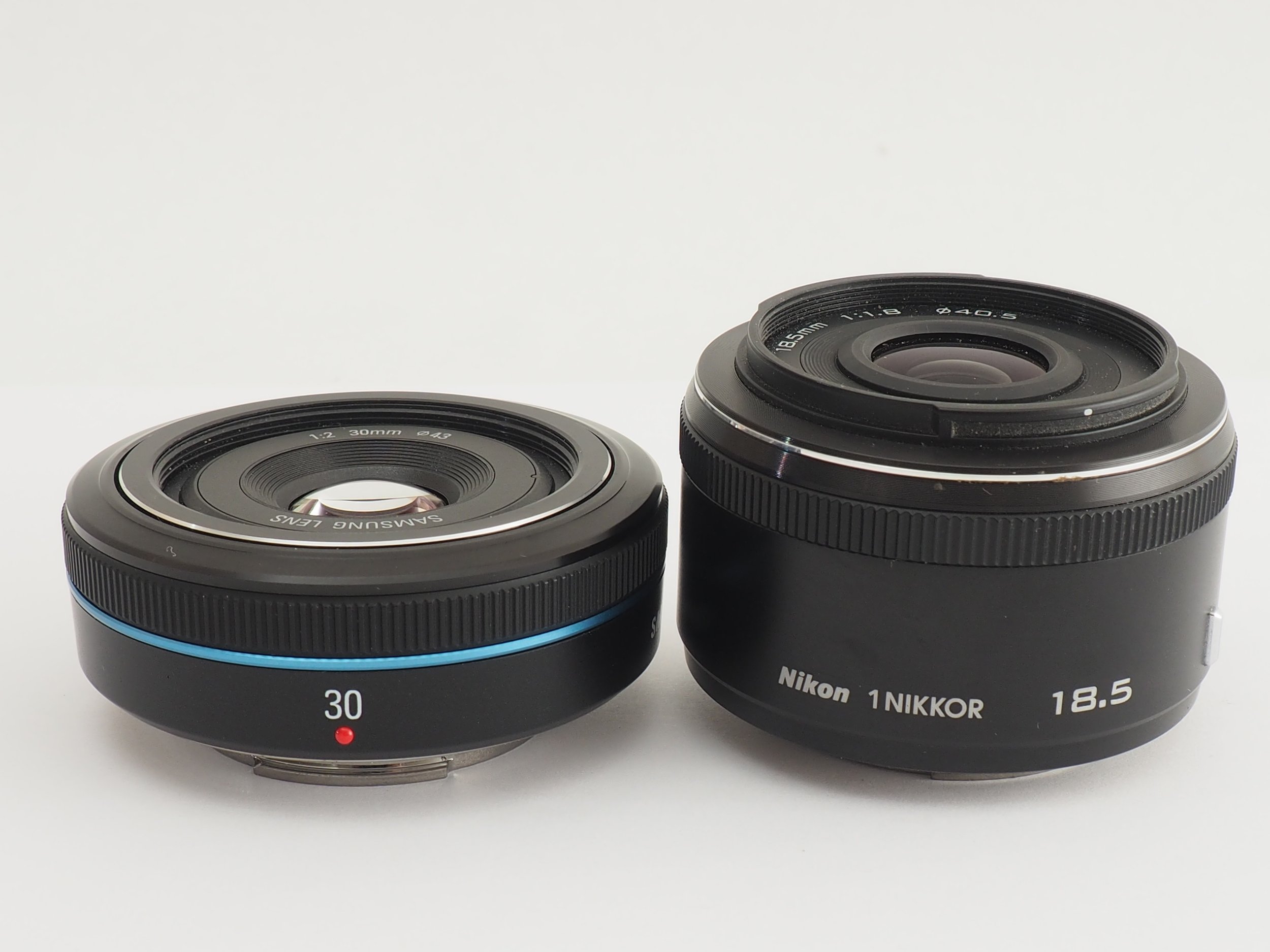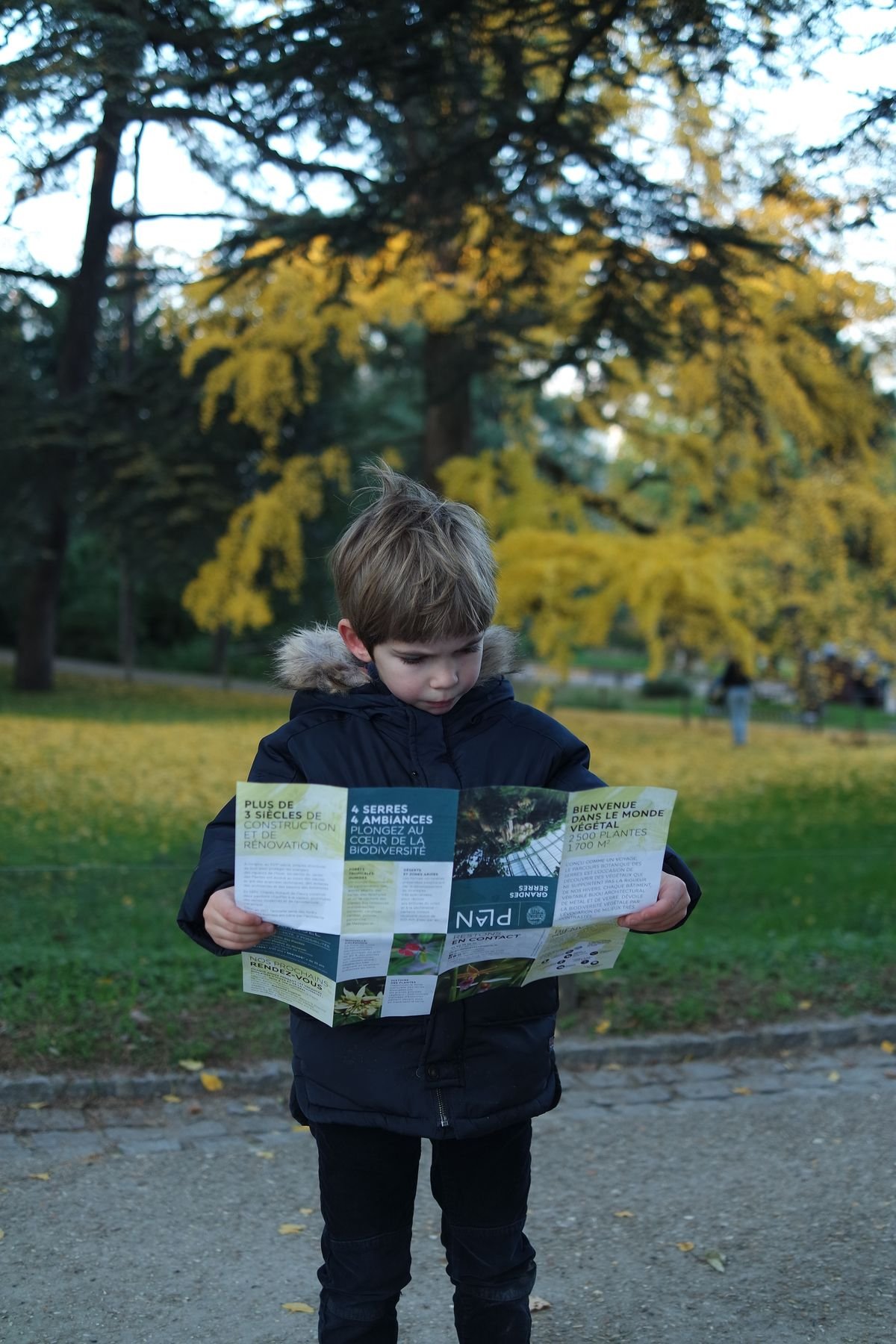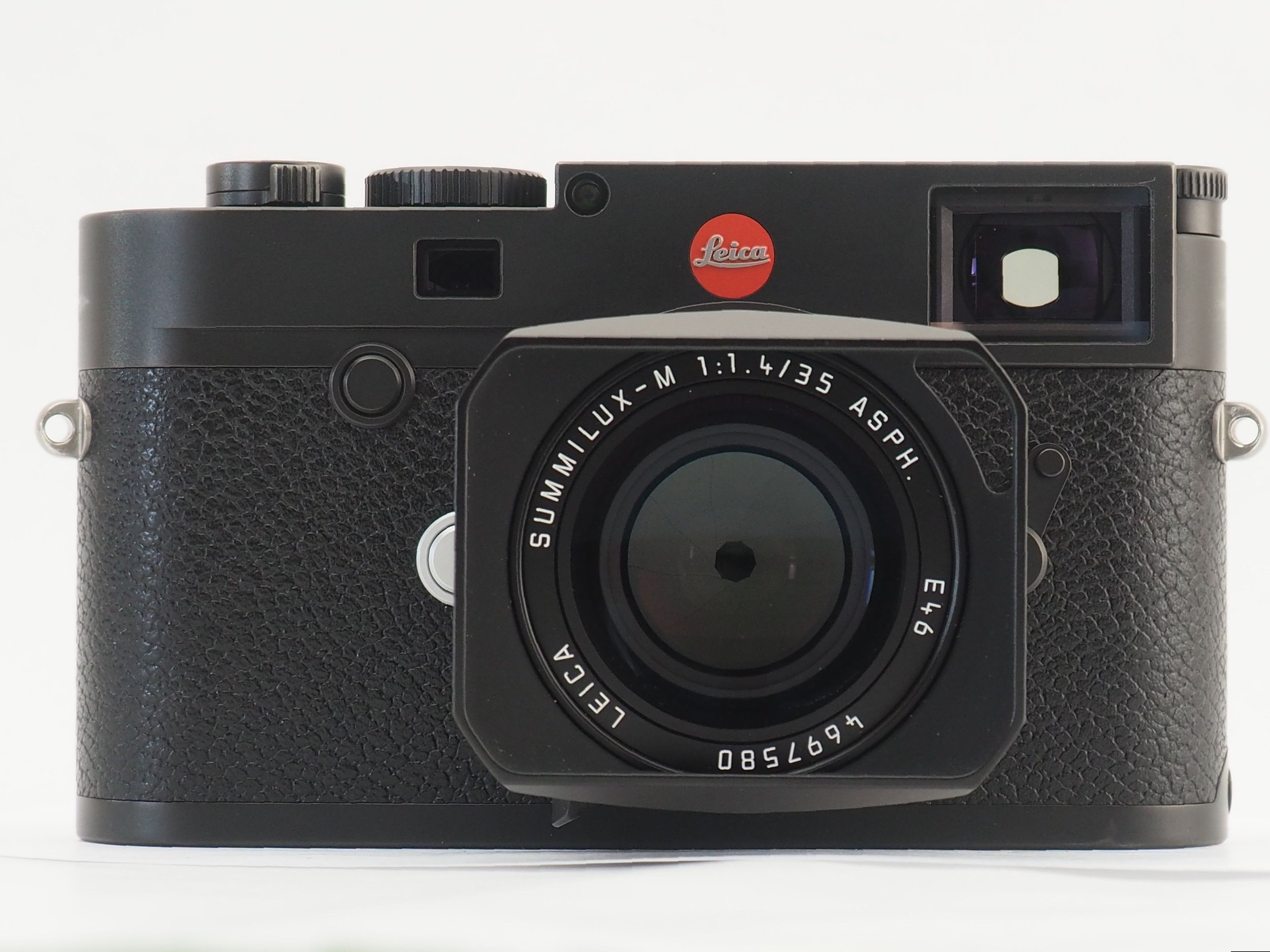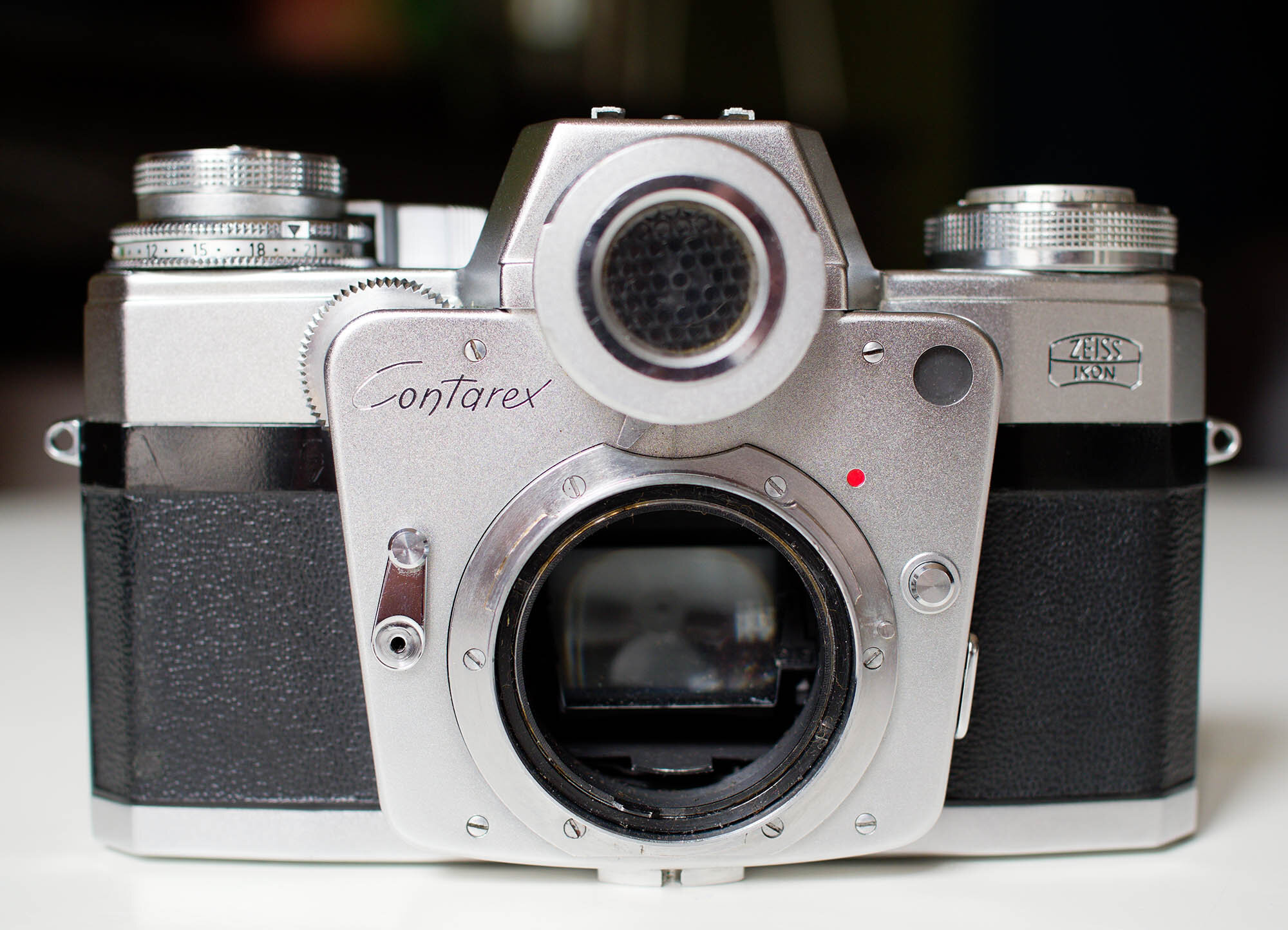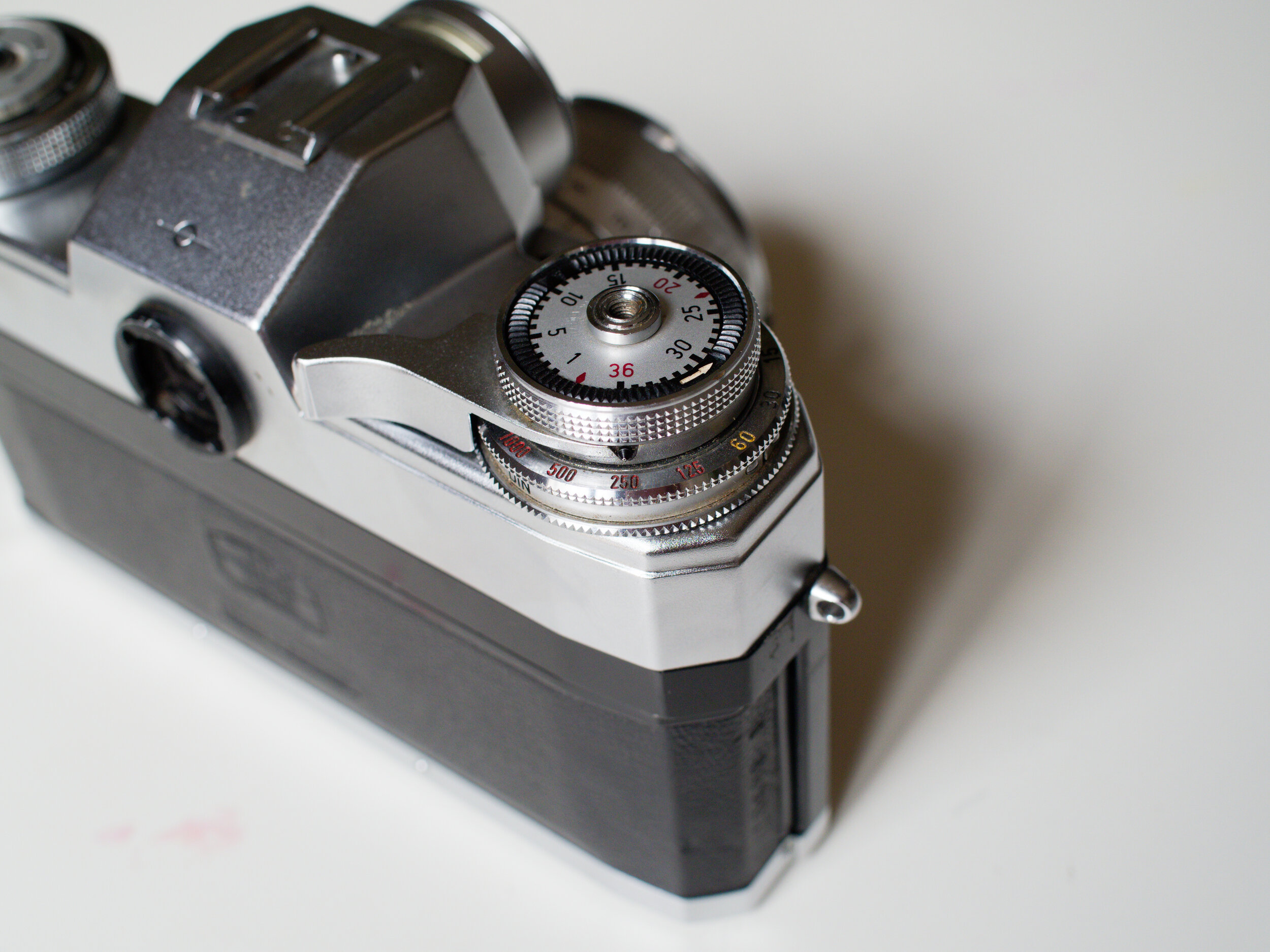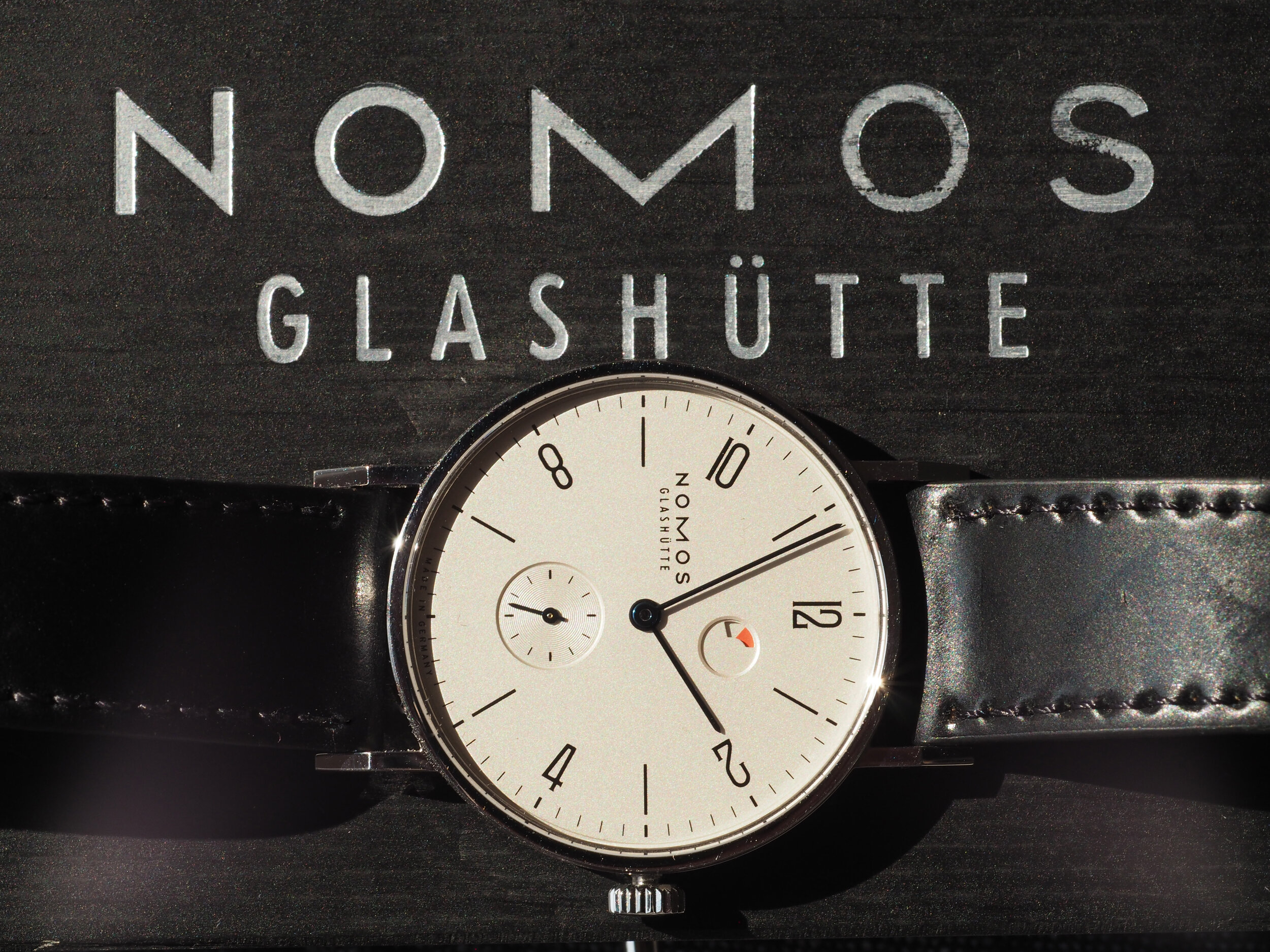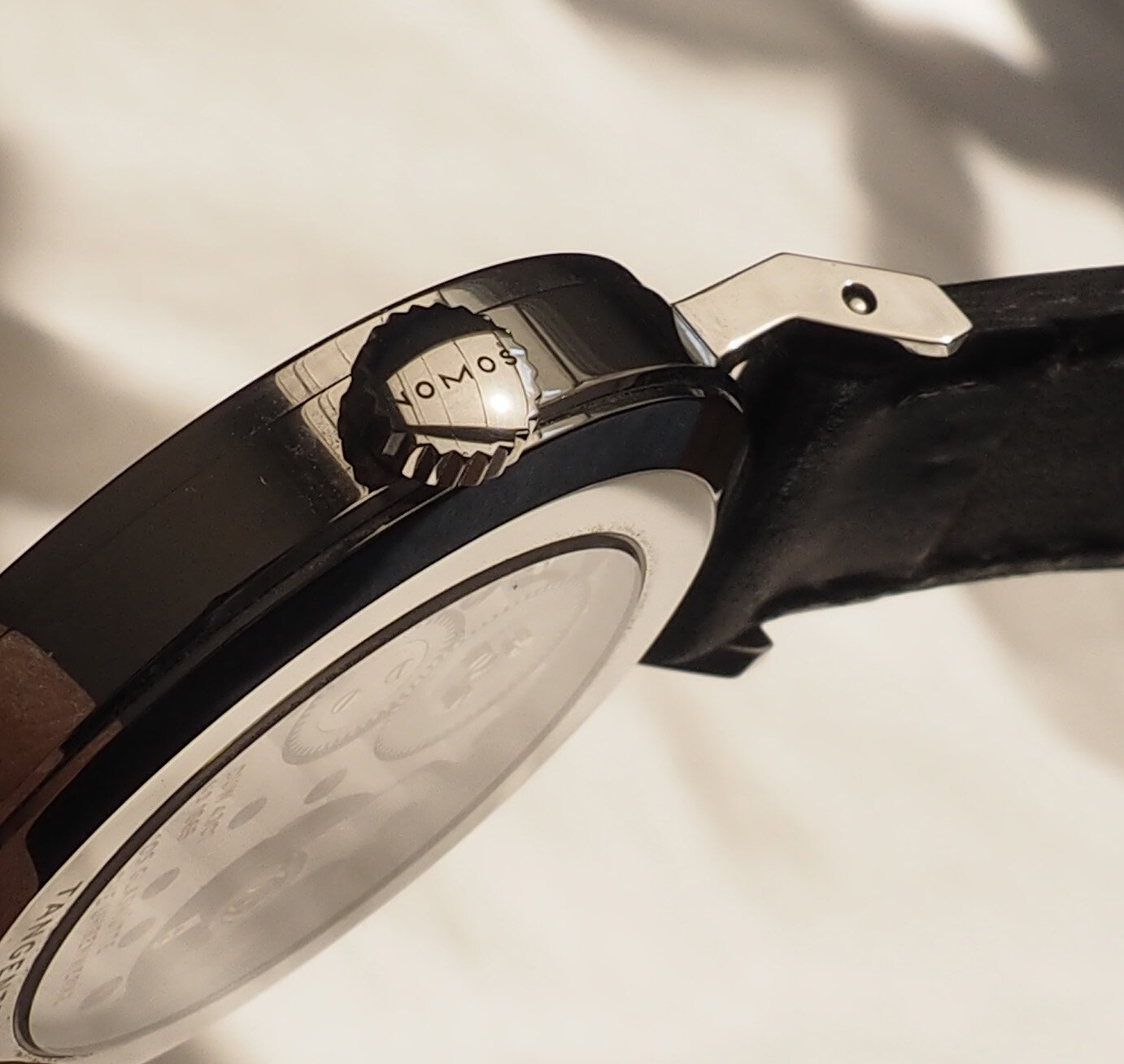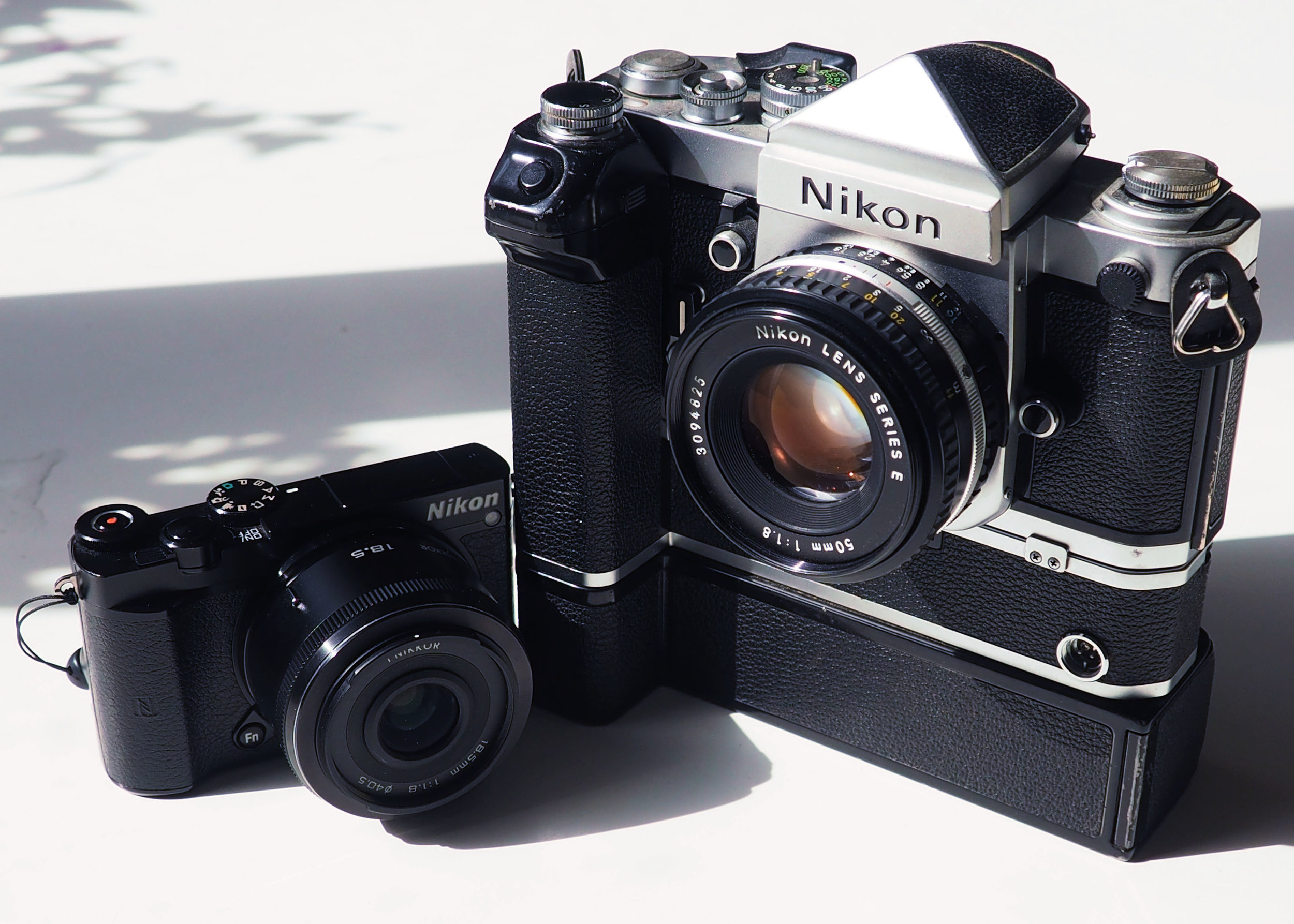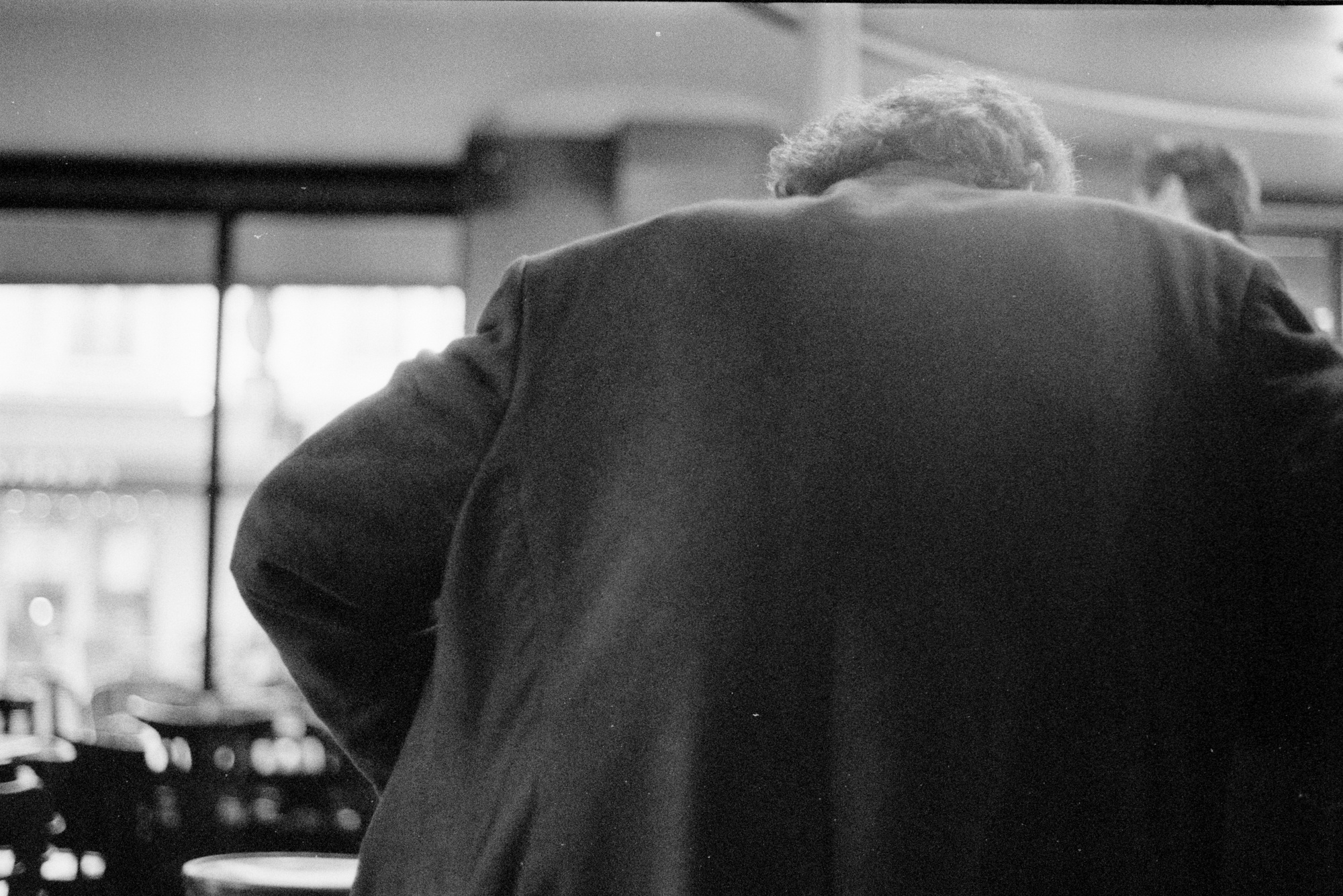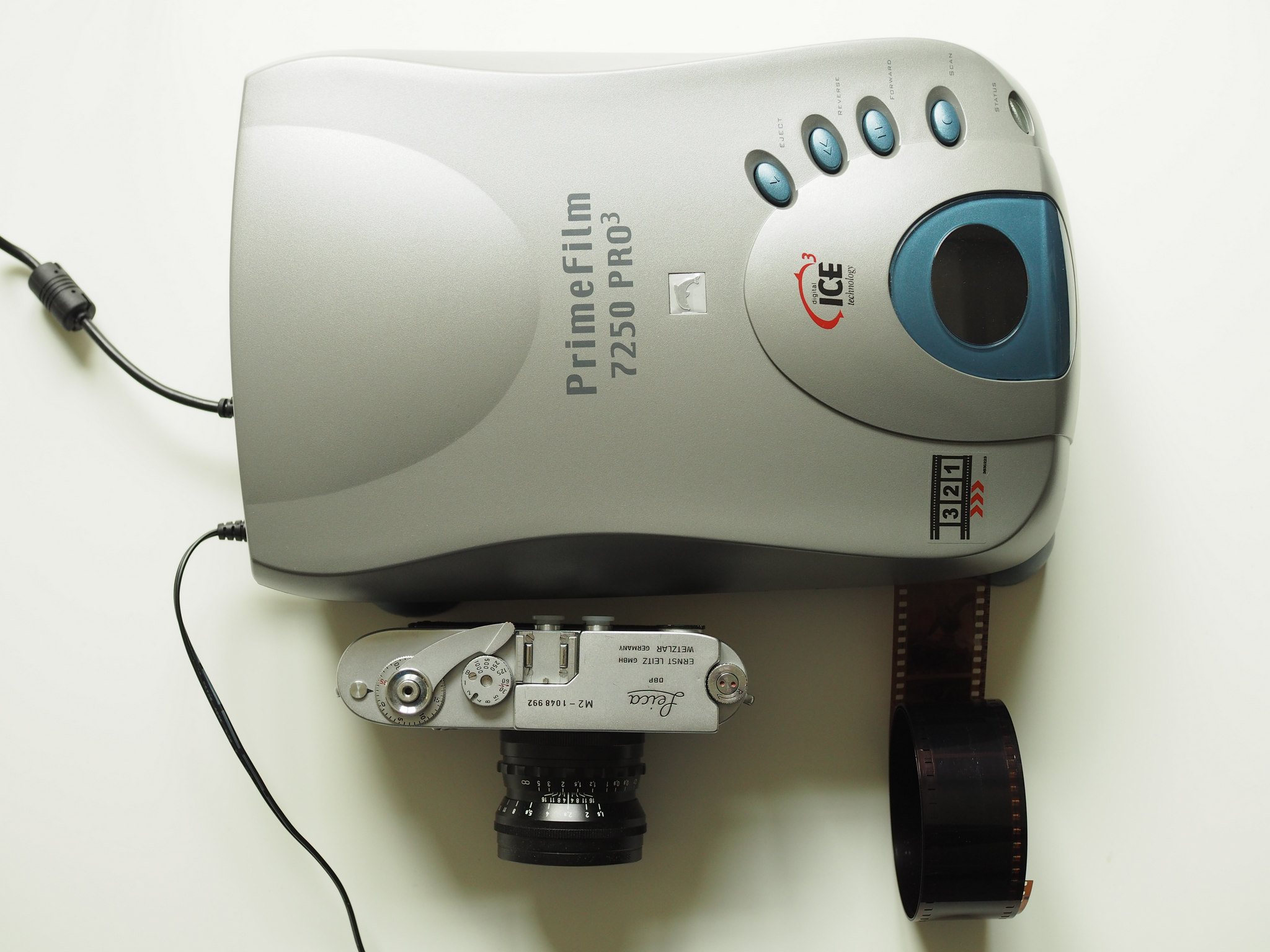As the criminals pin on their badges and the clowns take over the books at the circus, let’s consider the Sony a6400, specifically from the point of view of those of us who have long wandered the wilderness. We who pitch our lot with the outsiders of the camera world — Olympus, Fuji, Panasonic, Pentax et al. — have our reasons. But as we enjoy the compactness of a micro four-thirds system, the delightful tactility of a Fuji, the full-frame value of a Panasonic, we might wonder: what are we missing? Besides the obvious — the respect of our peers, the adulation of attractive strangers — we have our suspicions, and chief among them: good fancy autofocus. By fancy I mean the modern niceties like sticky tracking, effective face and eye detection, all that.
Third Party Candidates
Canon and Sony have long been the acknowledged leaders of the autofocus race. It sounds like Nikon might be finally catching up with the system that debuted in the top-end Z9 and should trickle down soon enough, but we are in the unremitting now. The rest are, variously, behind. I have years of experience with the Olympus E-M5 III, a camera reborn essentially unchanged as the current OM Systems OM5, and I can attest that although it does snap focus pretty quickly to a given spot in a way that would have astounded me 20 years ago, the modern niceties of tracking autofocus are present in name only. The camera is very good at putting a green box on something and does a good impression of keeping it there as the something moves around, but despite the reassuring verdancy of the AF lock, the camera seems mostly blind to changes in subject distance. The classic thing of a kid running towards you? Not happening. The ground well behind them will be sharp as a tack, though.
The art department is still sleeping off a debauched New Year’s Eve, so I’ll just sprinkle in some shots I took at Paris Photo with the a6400 back in November. You always see interesting cameras there.
My experience with the Panasonic S1, the current-though-aging full-frame flagship of that brand, was better, but still left something to be desired. The human subject identification was impressive, and the tracking box was stickier, but it still sometimes struggled to track humans through the Z axis, though it was loads better than the E-M5 III. (The S1 was the last high-end Panny without phase detection pixels and I haven’t used the PDAF-blessed S5 or S5 II, but I know from the E-M5 III that phase detect doesn’t automagically make for competent AF).
The Fuji X-H2, also a current flagship, was better still at tracking (though maybe a bit less impressive in the subject detection area). Better, but still... Just after I sold it Fuji released yet another firmware tweak to improve AF. Reports suggest it does so, but not in a game-changing way.
After dallying with these larger cameras, I was ready to go light again. Olympus has apparently made some progress with the AF on its OM-1 series, but I’ve been burned too many times. I didn’t want something approaching the state of the art. I wanted the real thing.
Canon’s APS-C lens lineup feels like a contractual obligation rather than a serious effort, so I had to go with Sony, which still has a respectable APS-C 35mm f/1.8 in its portfolio left over from the pre-full-frame days. The very best AF from Sony still means full frame, but with camera prices rising in inverse proportion to the health of American democracy, I realized the best from Sony was a bit rich for me even if I wanted to carry the heft of an a7C II or a7 IV, which I don’t. Luckily, you can get almost-best for a lot less weight and money.
Sony AF vs Olympus, Panasonic and Fuji
Behold the a6400. This is still a current model (mine was made in 2024) despite being introduced before the pandemic — Sony recently gave the top end of its APS-C lineup a bump with the a6700, but the mid-range a6400 and the entry level a6100 are still here. The a6400 AF tech borrows heavily from the a7 III, which itself uses a system derived from the pro-specced a9. This generation was a quantum leap forward in AF performance for Sony bodies. I recently had an a7 II on hand, and though the image and build quality are great, the tracking AF feels utterly broken if you’re coming from these more recent cameras. This is hardly a hot take. DP Review’s Carey Rose fairly gushed in his a6400 review: “With the acknowledgment that we may be laboring the point here, Sony's Real-time Tracking AF that basically 'includes' Eye AF is among the best autofocus implementations we've ever seen, and is capable of truly impressive results.”
The a6400 has a silent full-electronic shutter mode that’s nice for shooting in public as long as there’s not too much movement (in which case you might get weird rolling shutter artifacts, like in an old Lartigue shot.)
This is not fake news. At least for my use case (mostly family documenting), the a6400 basically solves the problem of AF. I no longer use back-button focusing — I just put the AF box on the subject, half-press, and recompose. The box sticks to the subject and the lens focuses on it. Misses are rare enough that I don’t worry about it.
With my EM-5 III, this was an utterly frustrating approach, as the AF system either pretended to focus when it didn’t, or spastically jumped around the scene. With the S1 and X-H2, it was much better, but I still wanted that back button so I could easily lock AF when it was where I thought it should be, as there was no guarantee it wouldn’t suddenly jump somewhere else at the wrong instant. This was less true when those cameras’ more advanced subject detection kicked in; the S1 in particular was good at finding people, even from behind. But arbitrary target tracking with those cameras, while massively more capable than the Oly and genuinely useful, was glitchy enough to be irritating.
Thinking Machines Mean Peace and Prosperity!
The a6400’s basic AF chops are indisputable, and the way it seamlessly transitions in and out of face detection is great. I do however suspect that the addition of more advanced subject detection to the more recent AF implementation in the a6700 is helpful if it pays attention to people. I don’t give a hoot about cameras recognizing trains, birds, or planes (especially if those modes need to be explicitly engaged) but the brawny human subject detection that I tasted with the recent Panasonic and Fuji cameras would pair very nicely with the fundamentally capable tracking AF in the a6400. The a6400 does a great job of finding head-on faces and picking an eye to lock onto at closer distances, and it makes a game effort with profiles, but the S1 and X-H2 were more robust at finding faces from most any angle (and the S1 was particularly good at the backs of heads). Without any stats to back it up, though, I do think those other systems hallucinate faces more than the a6400, though not as badly as my old Olympus, which never met foliage that didn’t have a smiling face hidden in it.
Sacrifice, Sacrifice
If you want tier one AF in a sub-500 gram body, I don’t think there are any alternatives to the a6400 right now. And by current standards, it’s not even expensive! But you do have to make some sacrifices. They are, in semi-decreasing order of importance:
In-body Stabilization. If you want it, you have to step up to the a6600/a6700, or an a7C. That means 20 percent more weight, and more spending. On the other hand, Sony makes quite a few stabilized APS-C lenses from back before IBIS went mainstream.
Oh my God, that’s Anders Peterson!
EVF. You get one, but it’s basic. Coming from my Panasonic S1 and Fuji X-H2, which have some of the best EVFs available, is a bit like finding yourself in coach after getting used to first class. But the adjustment was not as hard as I’d feared. As with air travel, everyone gets to the same place. The EVF is noticeably better than the tiny one in the a7C, so there’s that.
One Main Control Wheel. This gets reviewers in a froth, and at one point I would have found it unacceptable. But I’m getting more relaxed with age. The a6400 has a nice auto ISO implementation with easy access to modified shutter speed calculations, so I almost never set sensitivity manually. I usually shoot in aperture priority, and I don’t need to change exposure comp much — I just switch between standard matrix metering and highlight priority when I want to make sure things aren’t blowing out. I’m not even above clicking over to Program mode if the mood takes me.
Micro USB. When the a6400 superseded 2016’s a6300, Sony couldn’t be bothered to update the port to USB C. Every time I think I’ve finally flushed micro USB out of my life, it claws back in. I bought a used Sony battery charger because I refuse to defile myself with micro USB cables. If you do the same, watch out for the many counterfeit “Sony” chargers out there, which don’t communicate with the battery during charging and will shave cycles off its life.
Otherwise, there’s not much to complain about. Image quality remains competitive even if it may slightly trail the 40 MP sensors in Fuji’s latest cameras on paper. The mag-alloy body is nice and solid. Some reviewers say it feels cheap because people are losing the ability to assess quality with their fingertips. As someone who has a handled literally hundreds of old, beautifully made cameras, I know what I’m talking about. Button and knob feel is totally acceptable. And despite Sony’s bad rep, I haven’t noticed any more lagginess than in my last several digital cameras from other makers.
We All Grope Blindly, Alone (or, Why AF Benchmarks are Rare and Fantastical)
So here you have another anecdotal report of AF performance, hopefully slightly more helpful than some because of its comparison to specific cameras in specific situations, but ultimately far less complete than what you can know about a sensor from a few key numbers. Sure, the a6400 follows my kids’ faces, but what if your kids are less ideal than mine? How ideal do they need to be to hold the a6400’s hungry eye? What if they like to wear funny hats or ruffled collars? Despite the impression you might get from Instagram, in the real world the same scene is never photographed twice. How can we generalize a camera’s AF performance from specific inputs when the scenes it will encounter are infinitely variable?
So meta. Not like Facebook. Or is it?
The short answer is that we can’t, so most reviewers barely try. I tip my hat to the few that do, but their efforts mostly underscore the futility of the task. DPreview sends a bicyclist careening towards the camera. Different bicyclists, in different lighting, riding similar but necessarily different tracks. RTings.com, which sounds like a content farm but is arguably the most systematic camera review site out there now, has a guy run and jump across a confusing background of headphones hanging on a wall (I guess because they also review headphones). They even boil down the performance to a single number, which is of course what everyone wants even though it can’t possibly communicate the hugely multi-variate difference between modern AF systems.
Imagine that cell phones had never sprouted lenses and the camera market was still cooking like it was 2010. The reviews ecosystem continued to mature along with the technology. Then we might find ourselves with the resources that were once poured into dissecting the noise performance of sensors redirected into the final frontier of camera performance differentiation: autofocus. Maybe DPReview would have a Rube Goldberg machine that propelled mannequins through perfectly repeatable trajectories under controlled lighting, robotic gymbals flying test cameras through synthetic sports, family, and wildlife scenes.
The thing is that even if fully consistent testing was possible, it would still be of limited use because any test scenario would never coincide with the thousands of scenes you actually photographed yourself. The mannequins would not have the faces of your family. Some generalization would be possible, but it would always be uncertain.
As a younger man I might have made a crack about Macs and appropriation here, but the older I get, the less sure I am that I understand anything.
Testing protocols aside, there’s also the question of the lens’s role in AF performance, which is something that reviewers almost uniformly pretend does not exist. Camera and lens work hand in glove to achieve focus, and not all lenses are created equal. For example, Sony’s FE 50 1.8 is famously slow to focus, and the most capable body in the world won’t change that. Comparing it to one of Sony’s G Master lenses that pack a bunch of linear motors with the oomph of a rail gun is like comparing apples to hand grenades. But reviewers often talk about “AF speed” without even mentioning what lenses they’ve used for testing.
My remarks here are mostly based on the Sony 35mm f/1.8 OSS lens, but I’ve also tried the underrated PZ 16-50, the GM 24-70, and the Zeiss 55 1.8 and 35 1.4. My X-H2 almost always wore the XF 35 2, and my S1 took the Panny 50 1.8. Oh, quick PSA — do NOT buy a Sigma 30mm f/2.8 lens for this or any modern Sony body if you care about AF performance. These lenses predate Sony’s adoption of phase detect AF, and on newer cameras PDAF only works in the very center of the sensor, which completely breaks tracking AF.
Is the a6400 Worth it in 2025?
Please excuse the SEO subhead, but I certainly think so. If you want really good AF in a very small, lightweight package for not a lot of money, this is the way. There are small cameras with more personality from Fuji, OM Systems (Olympus), and Panasonic, but you trade AF performance for things like nicer viewfinders and more control points. Depending on your priorities, that tradeoff could certainly make sense. If it doesn’t, I don’t think the a6400 will disappoint.
